A wise and dear friend of mine invited me to a showing of a film called Legacy by Yann Arthus-Bertrand. https://www.yannarthusbertrandphoto.com
Legacy is a compilation of five films and still photographs he has made over the years assembled into a 360 degree immersive projection experience. The images take us from an imagined fiery birth of the earth to the all too real present days of over-population and over-consumption.
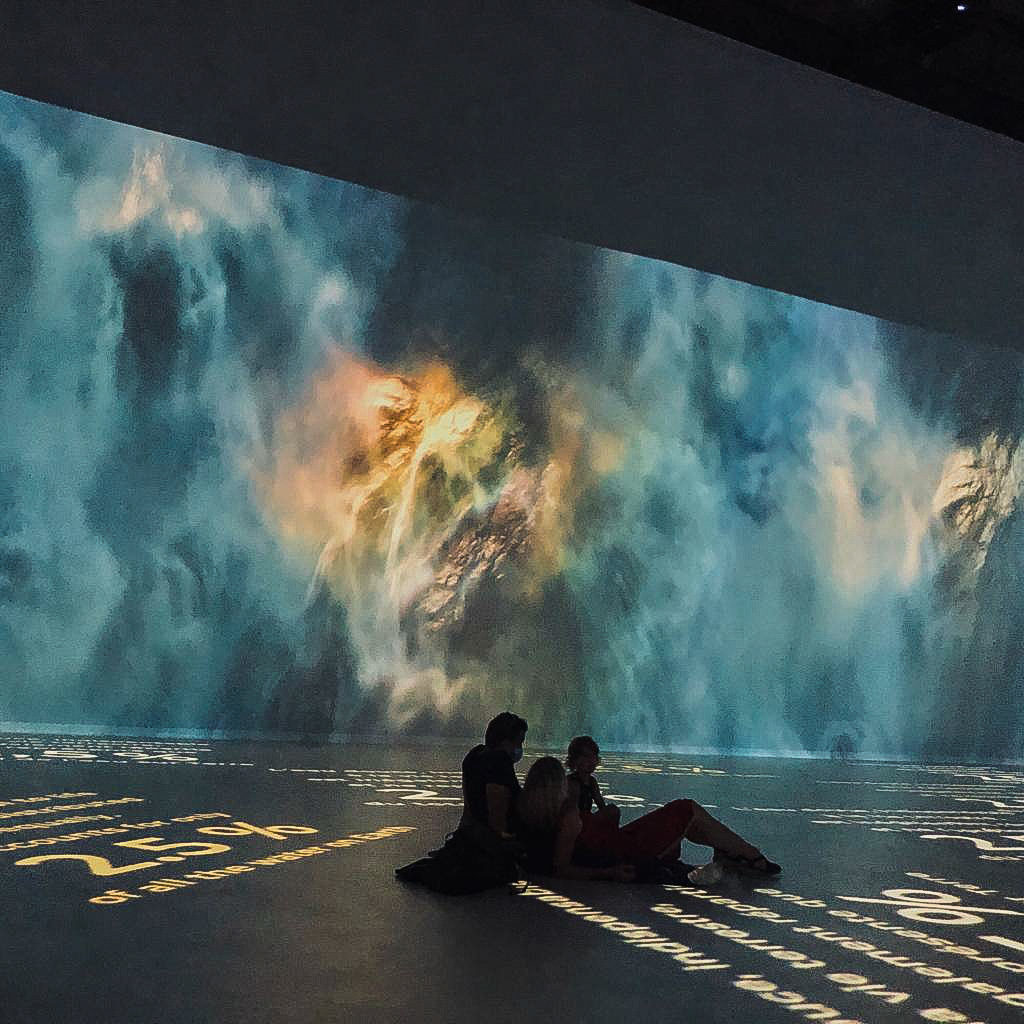
It is a spectacular testimony of concern for the planet and its inhabitants, a warning, and a message of hope. It is also the crowning achievement of a brilliant career dedicated to the preservation and rehabilitation of our environment.
Arthus-Bertrand’s genius lies in his extraordinarily skillful and artistic aerial and terrestrial photography and videography, but also in his ability to take an idea from concept to fruition. What elevates great visual art to the realm of genius is Arthus-Bertrand’s commitment to the preservation of the planet.
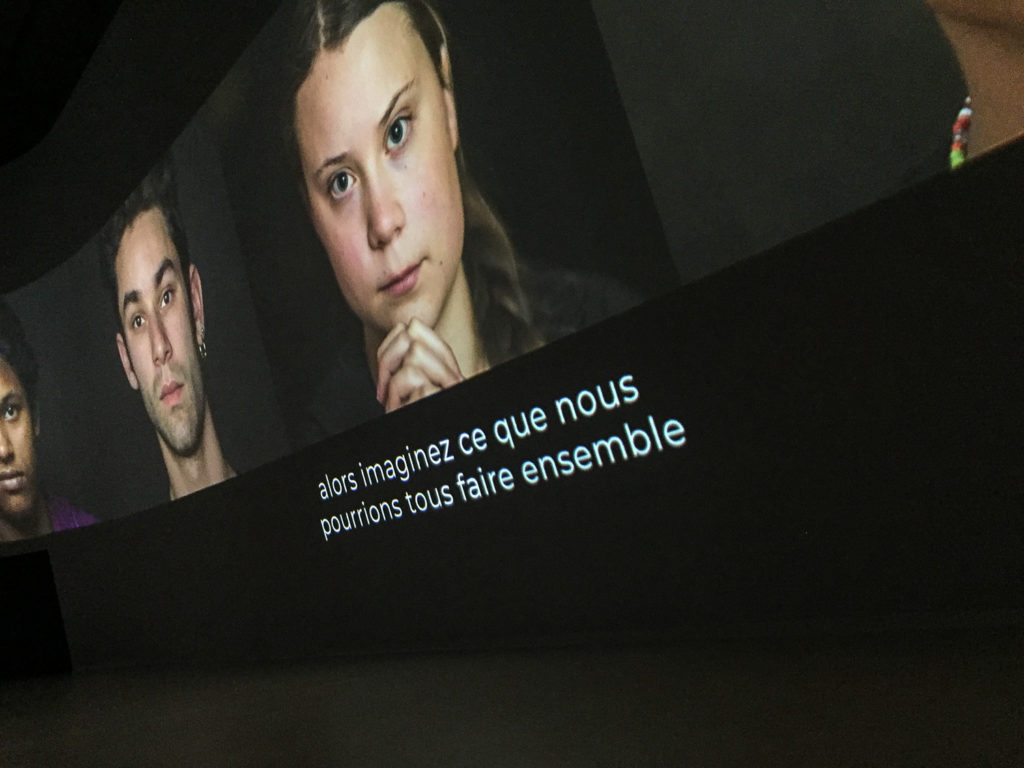
And what translates commitment to action is the Good Planet Foundation that grew out of Arthus-Bertrand’s work. https://www.goodplanet.org/fr/
Legacy was initially an exhibition of still photographs and video, now a projected environment of images and extraordinary music by Armand Amar playing as part of the Jam Capsule program of videos at La Grande Halle of La Villette. https://lavillette.com/programmation/jam-capsule_e882
AND MORE
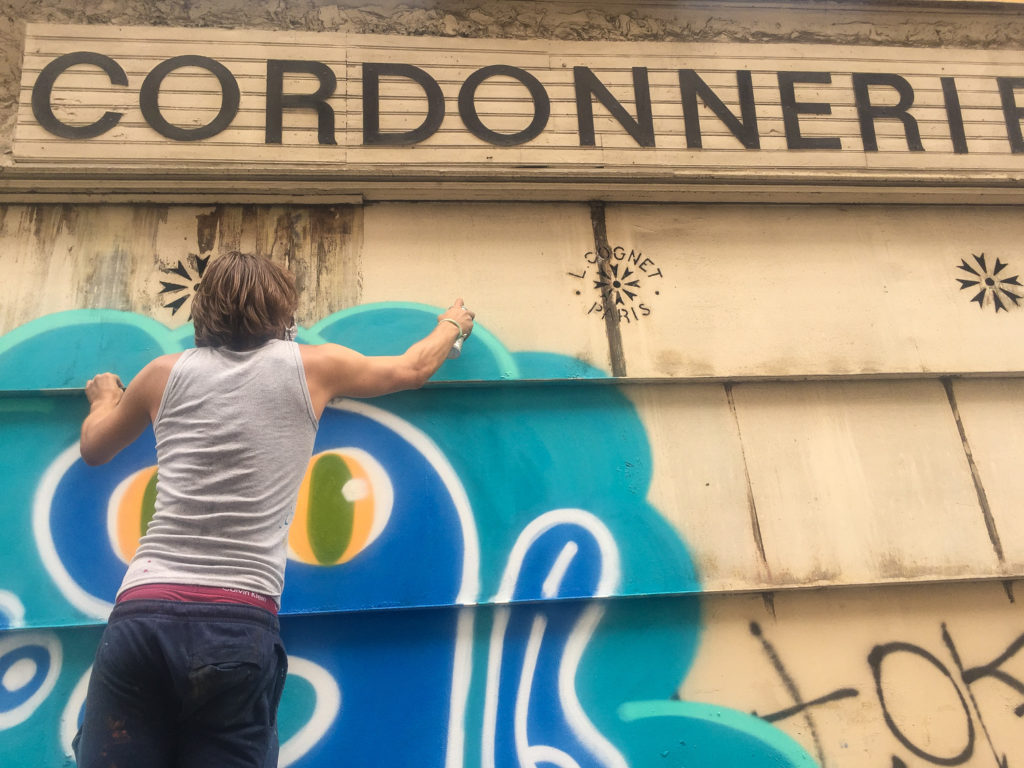
Paris is, of course, chock full of environmental art but there’s always room for more and Alexander Brinitzer is doing his part. With the approval of M. Sack, the proprietor and cordonnier, Alexander has livened up our little corner of the 15th and put smiles on the faces of our neighbors. At least I think so. It’s very hard to see smiles beneath the masks.
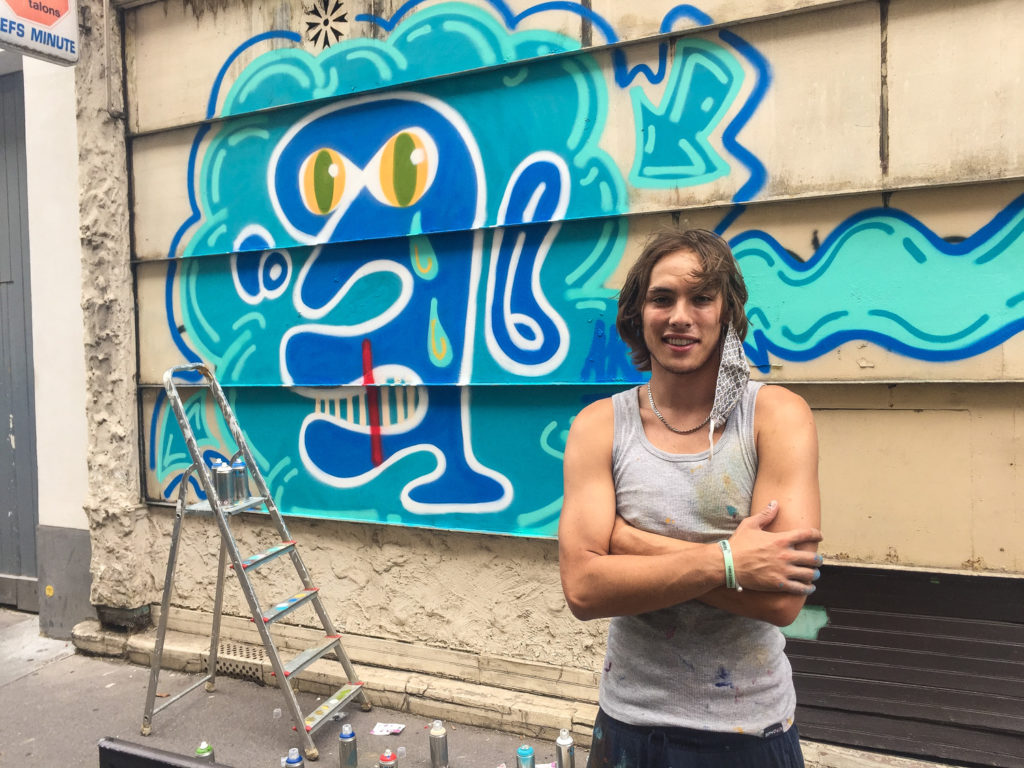
Check out the work of this talented young man:
@alexanderbrinitzer and @akbshead
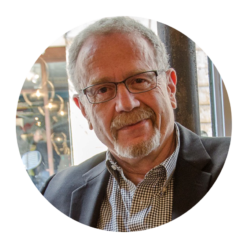
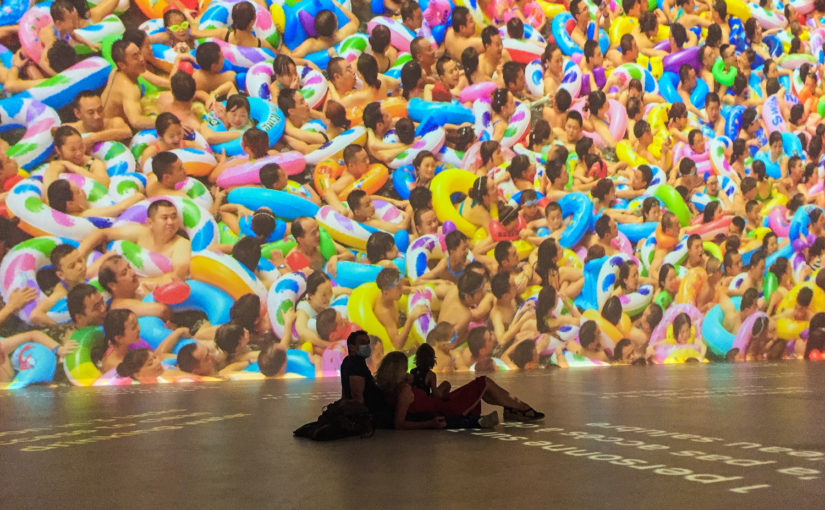


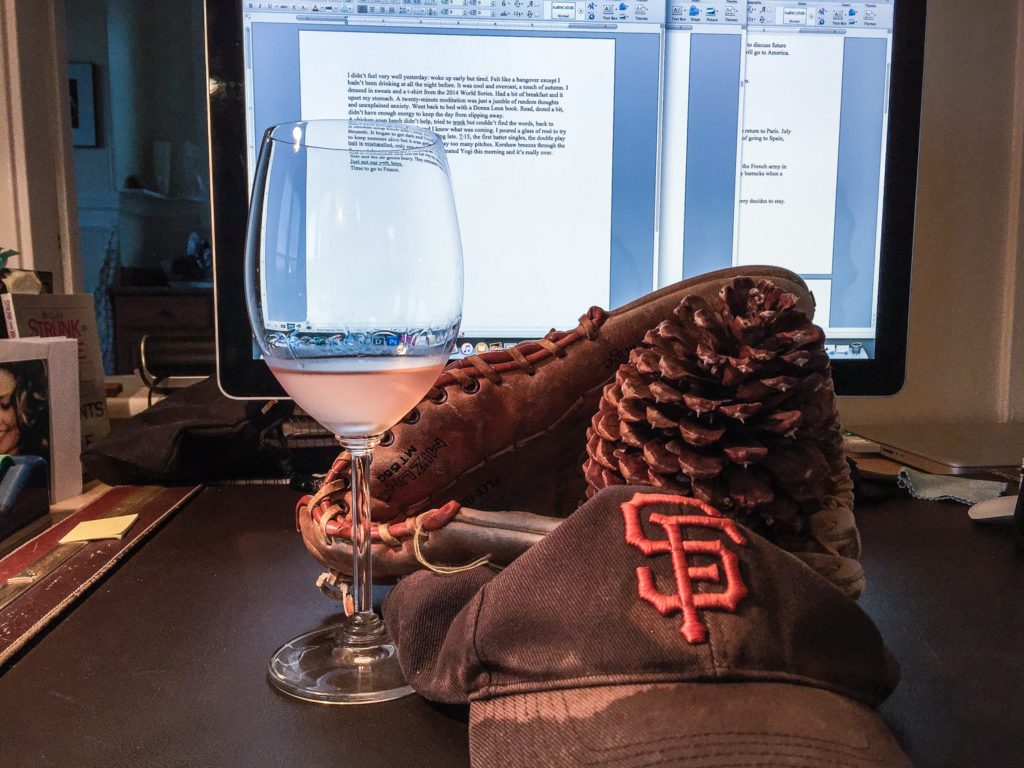


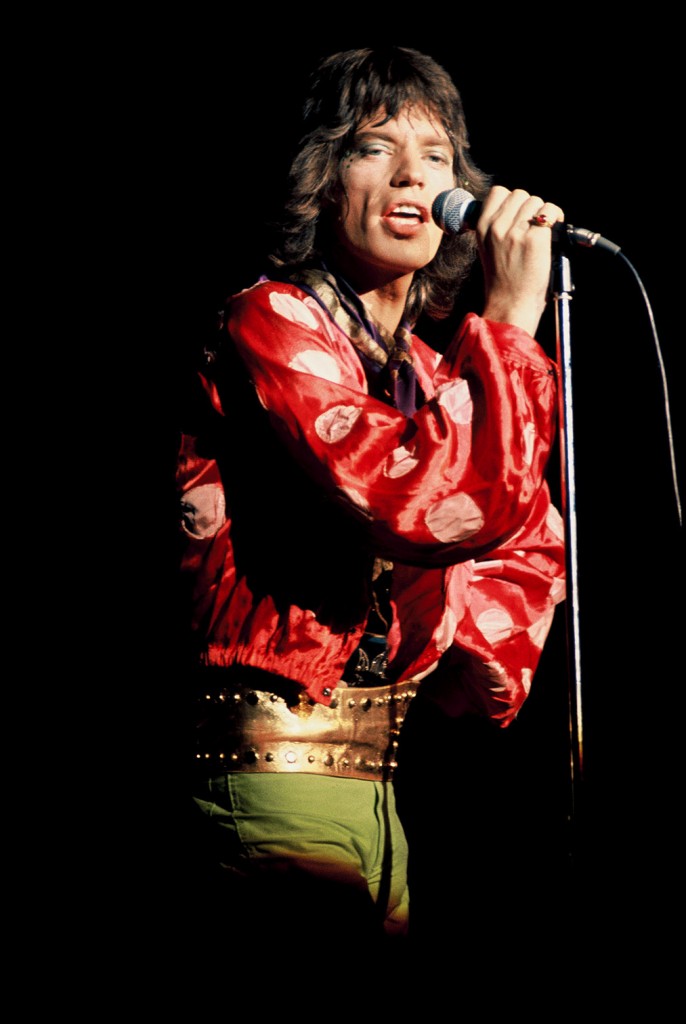
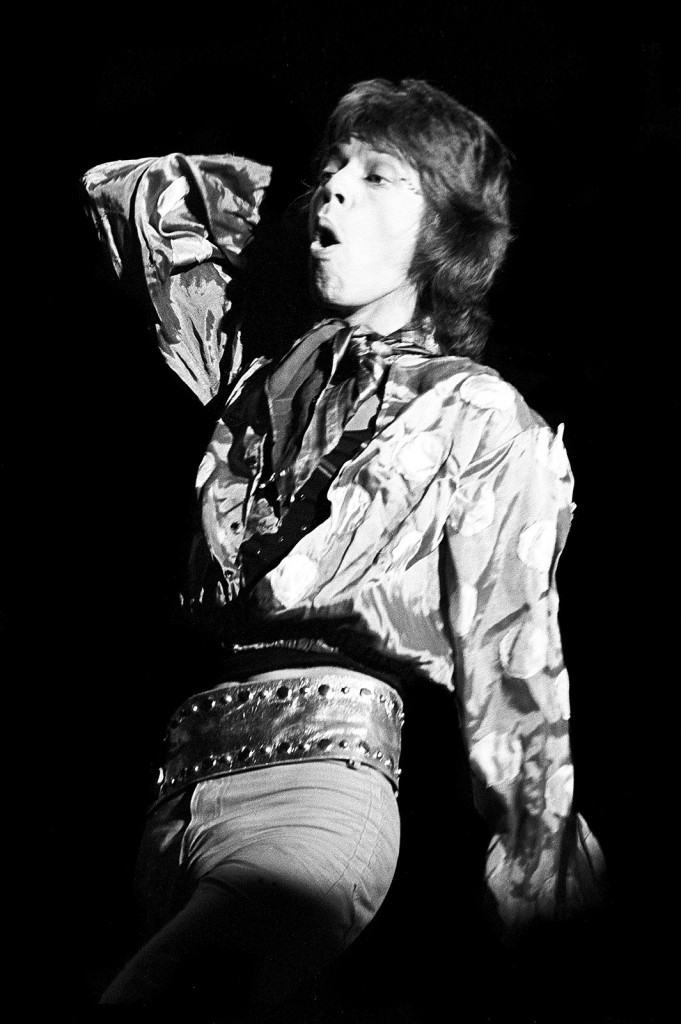
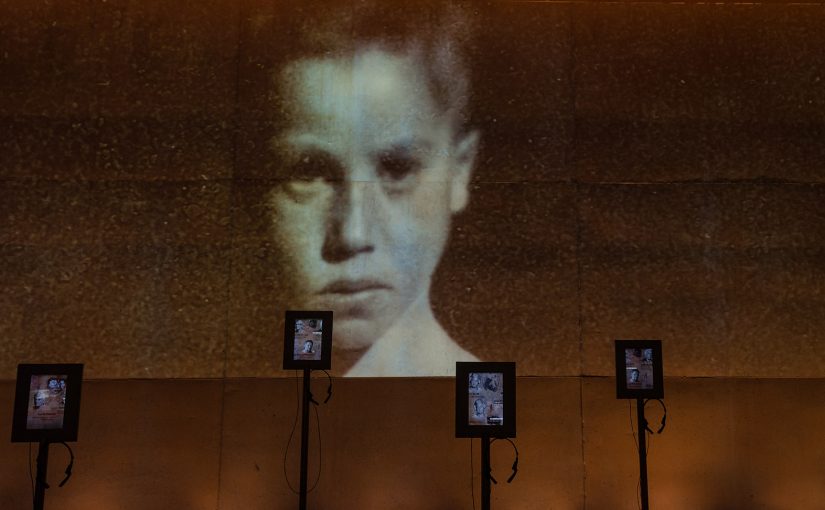
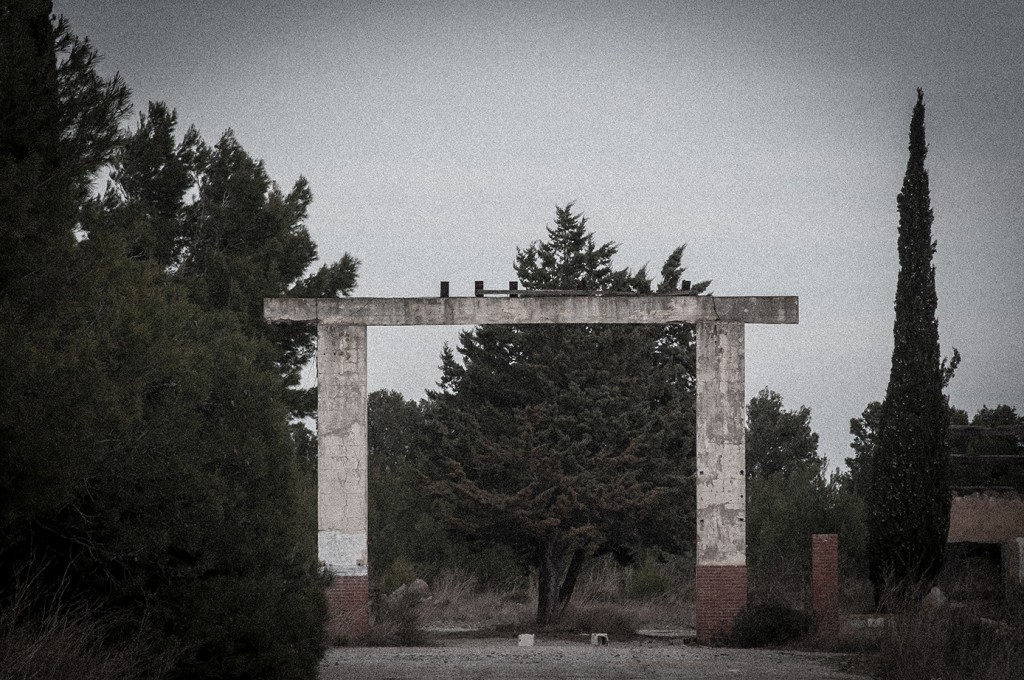
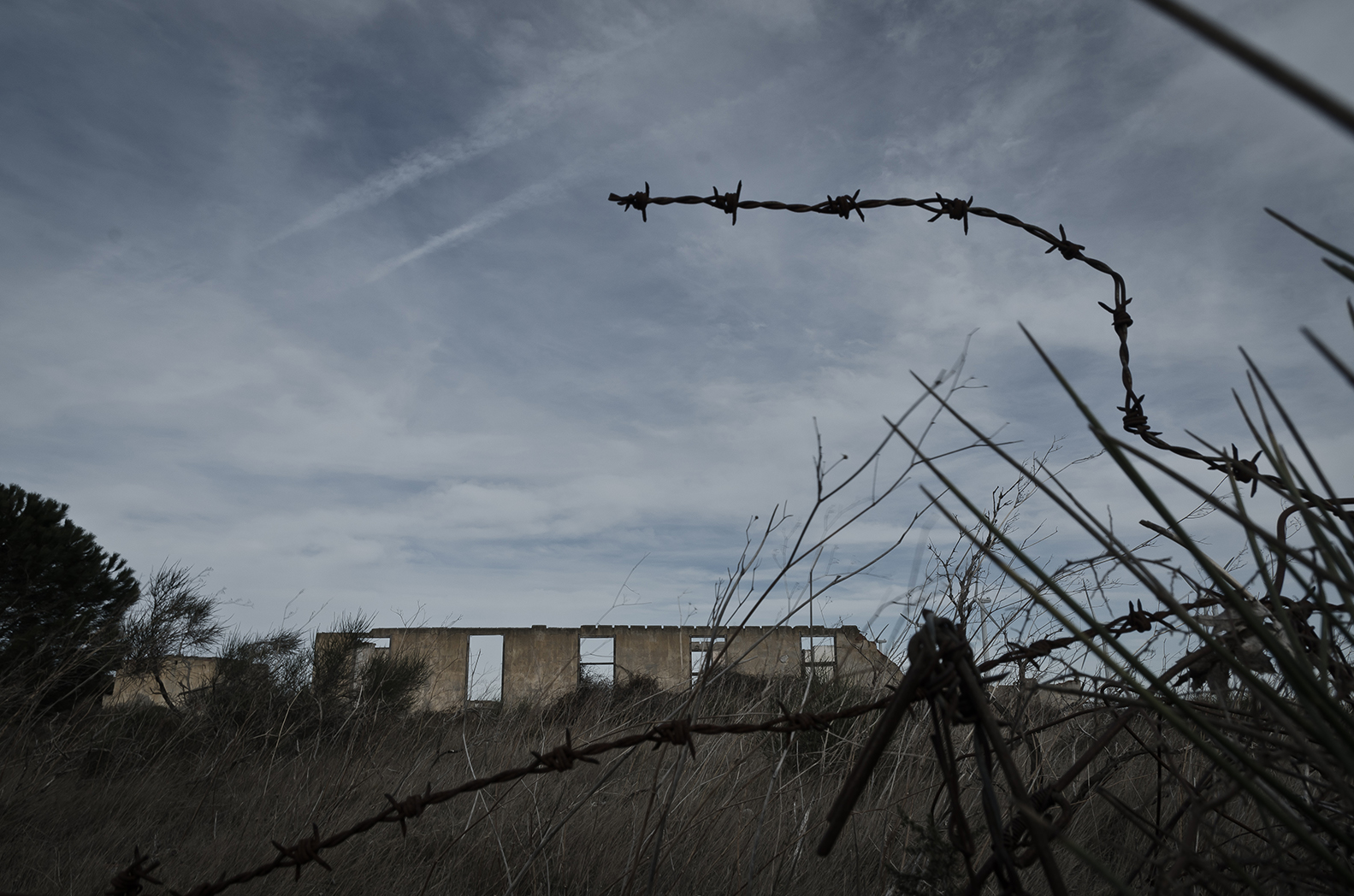
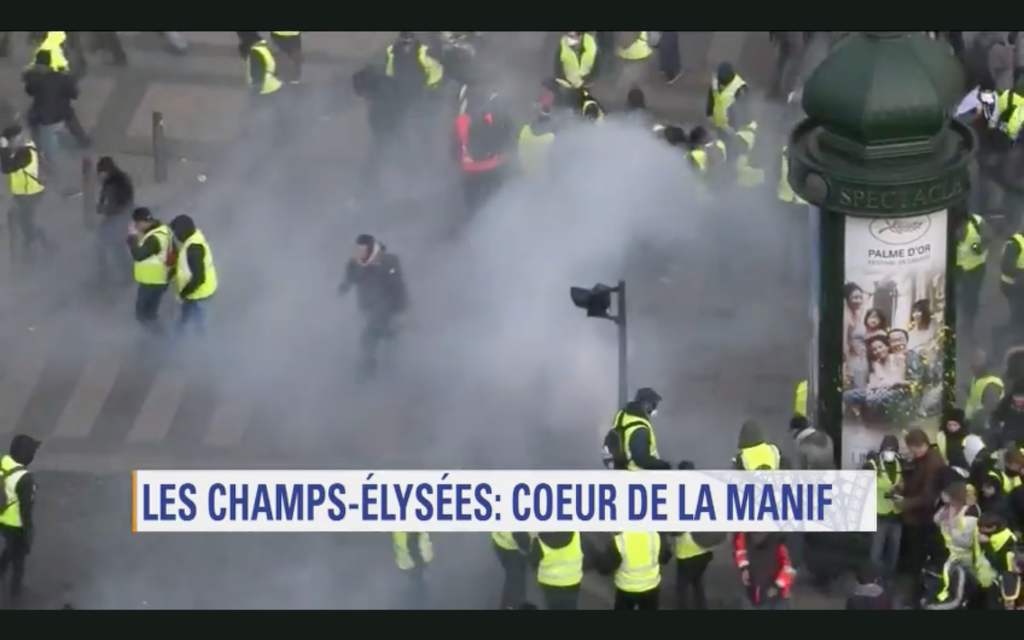
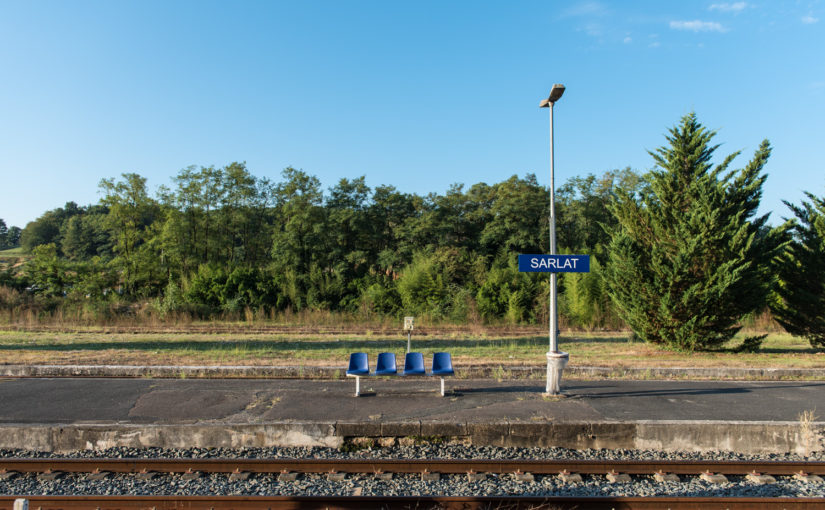
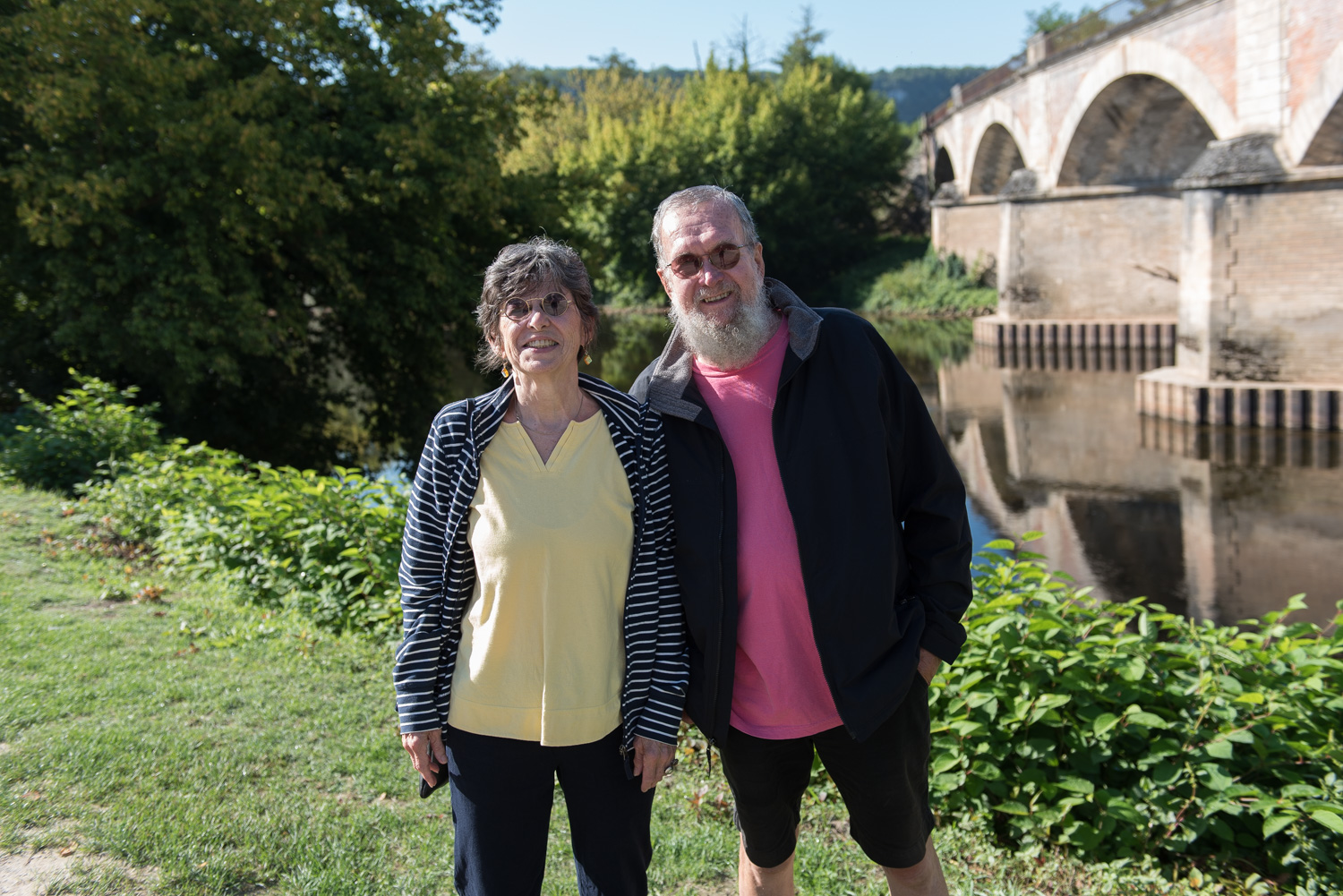
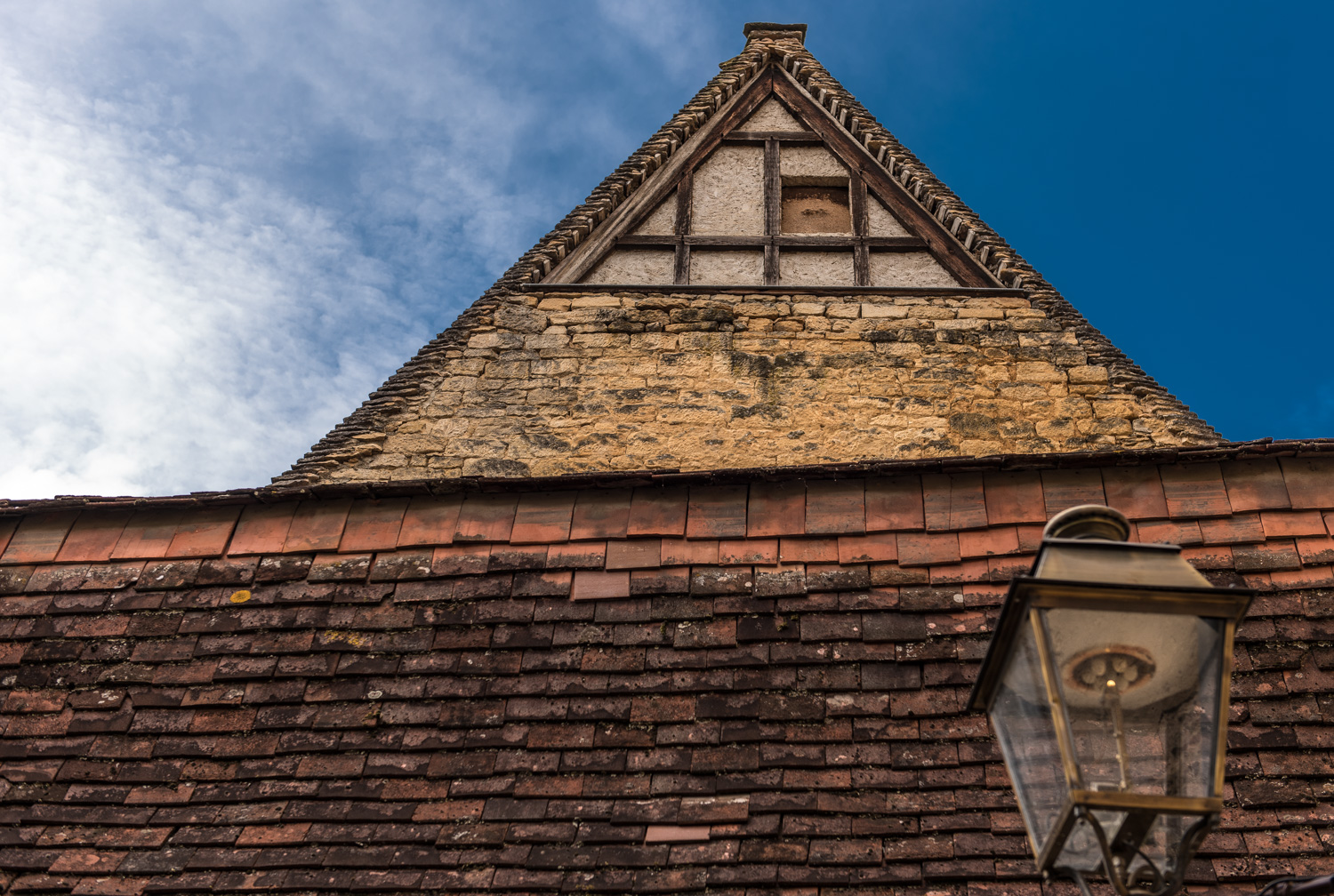
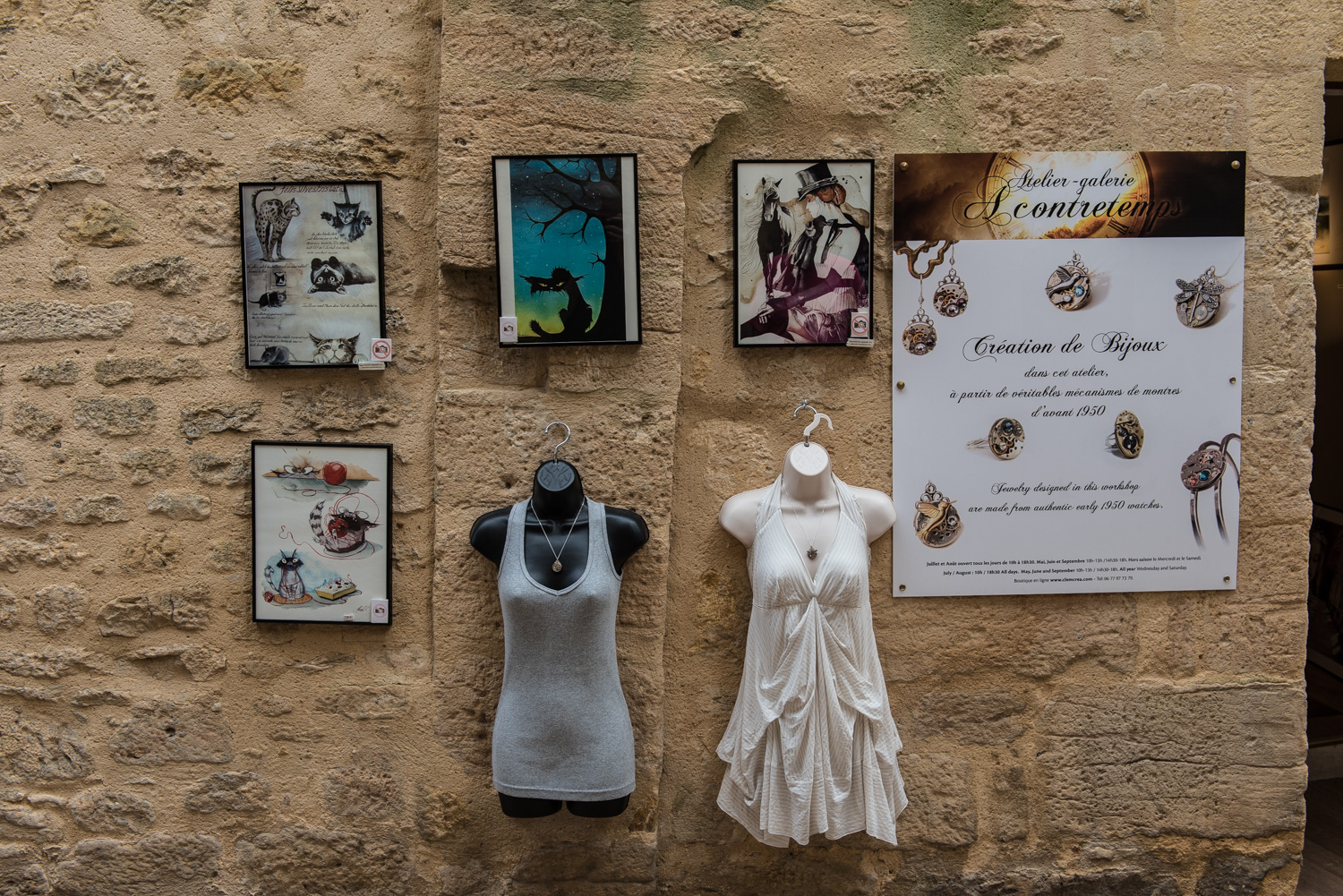
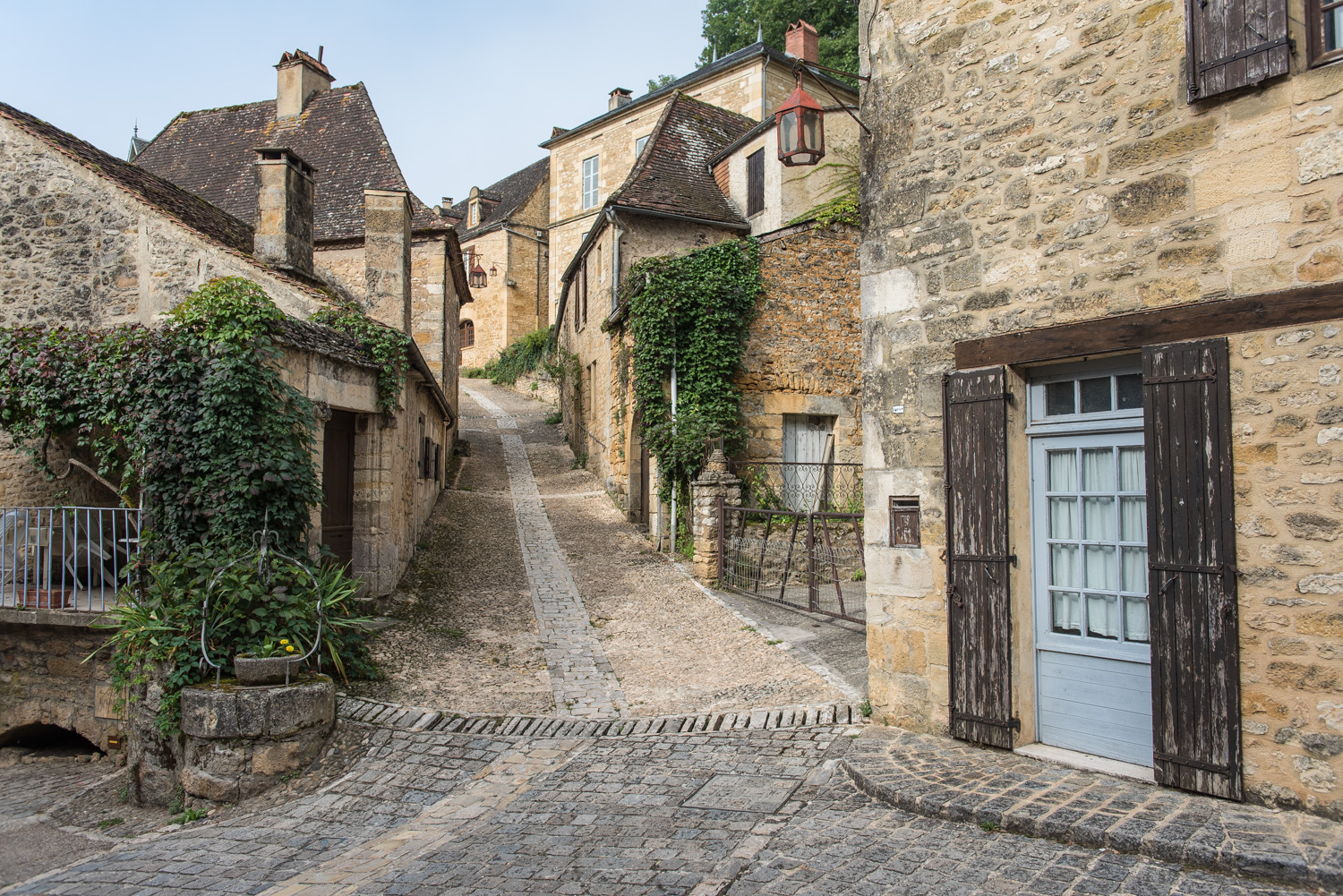
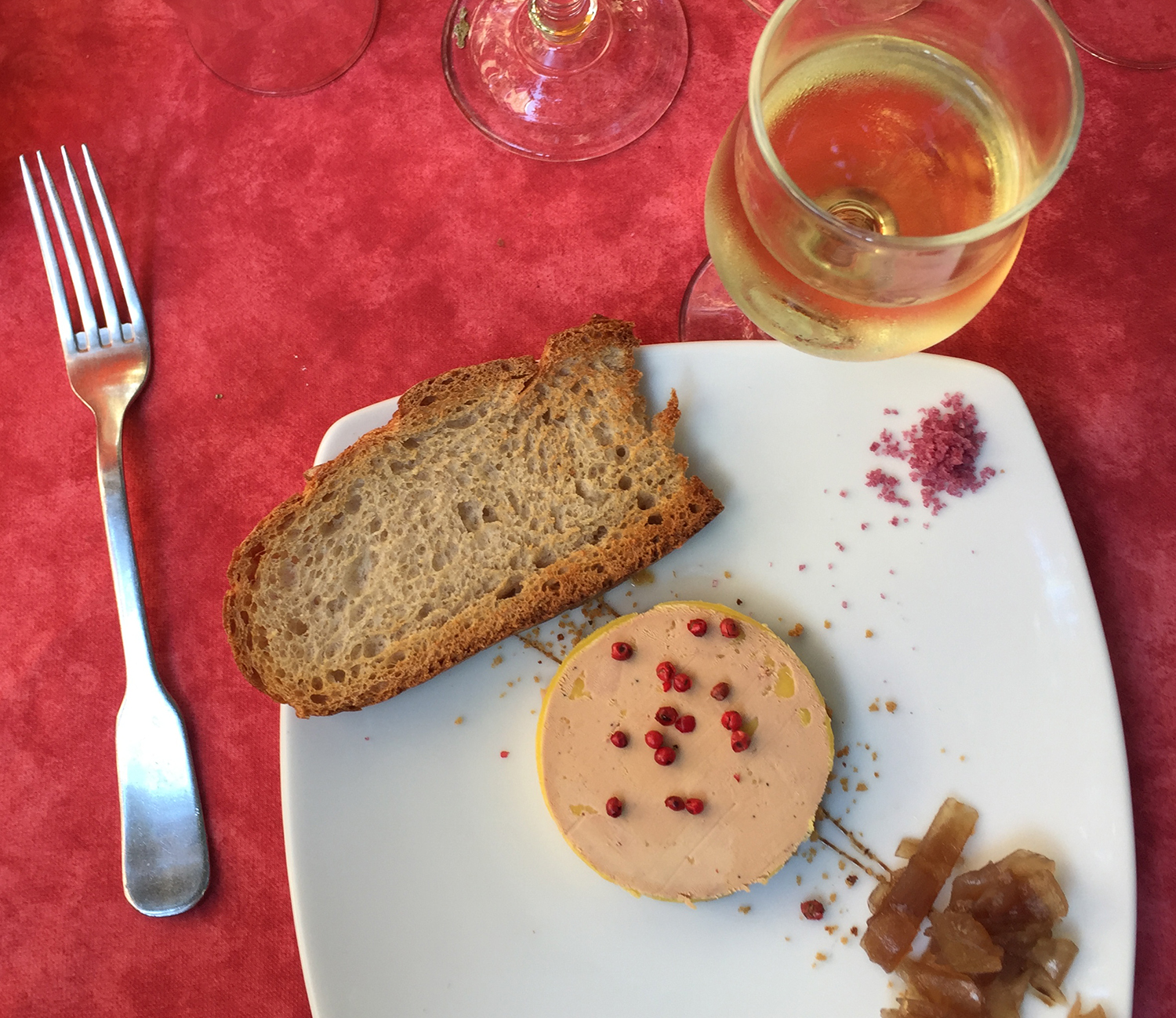
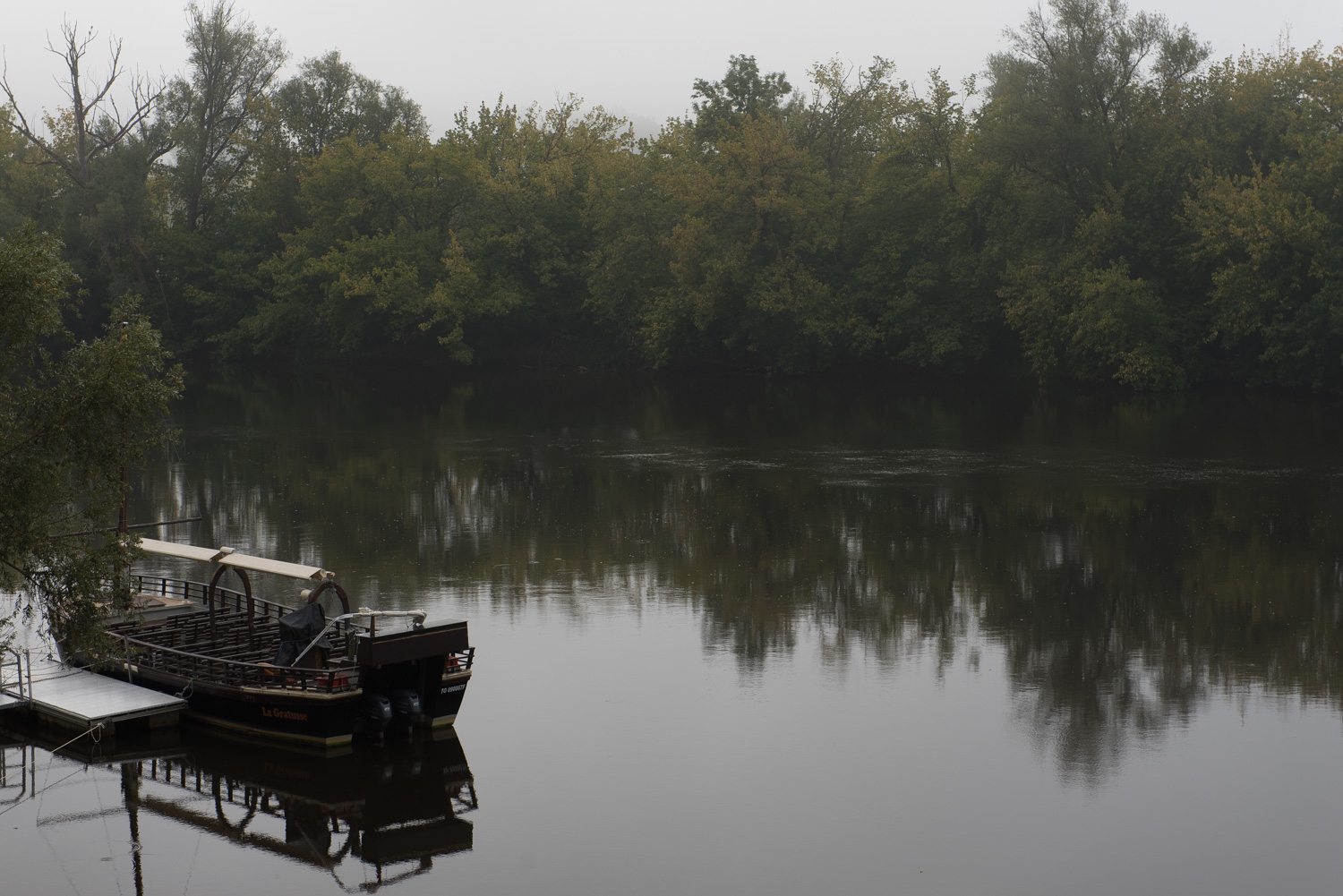
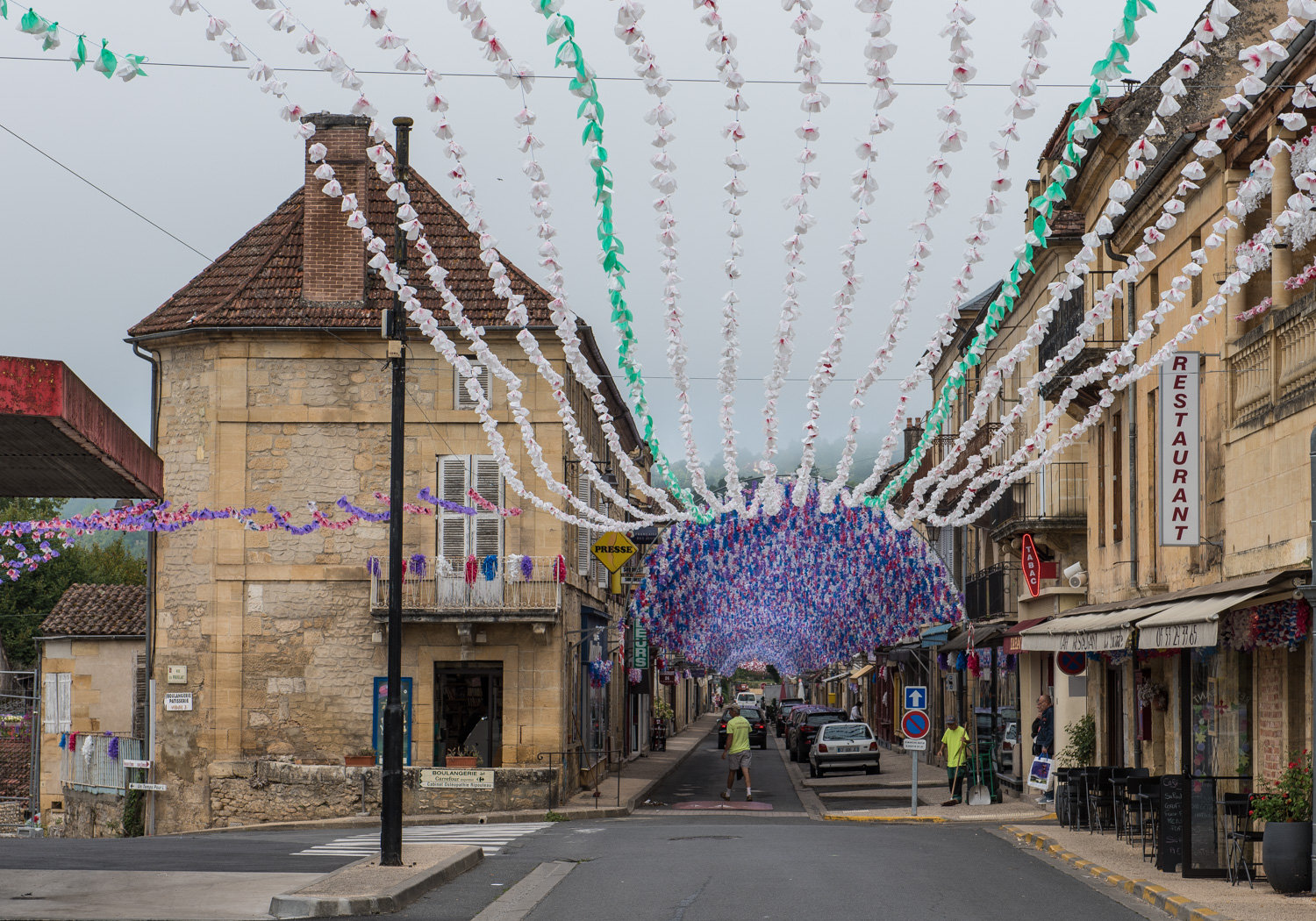
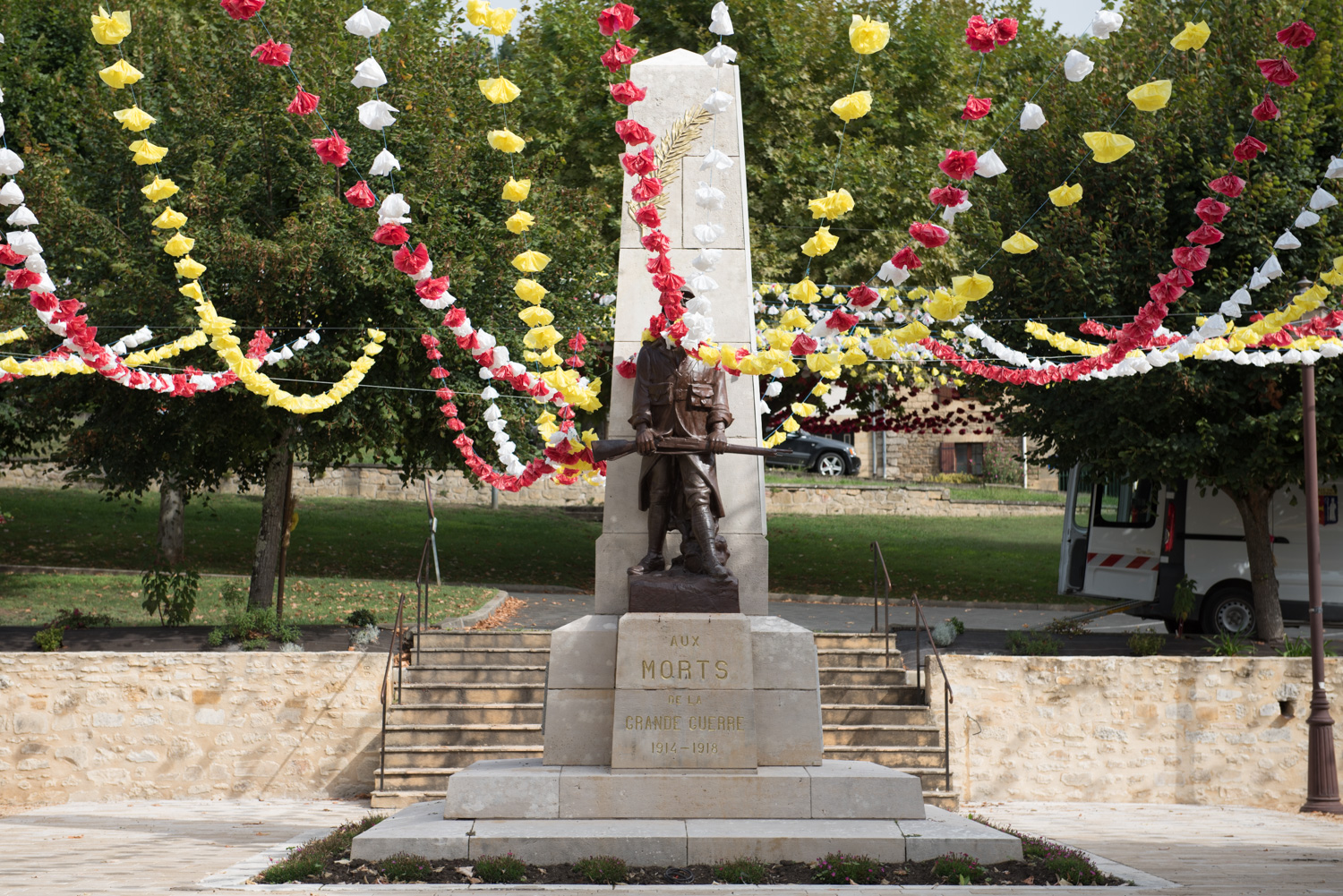
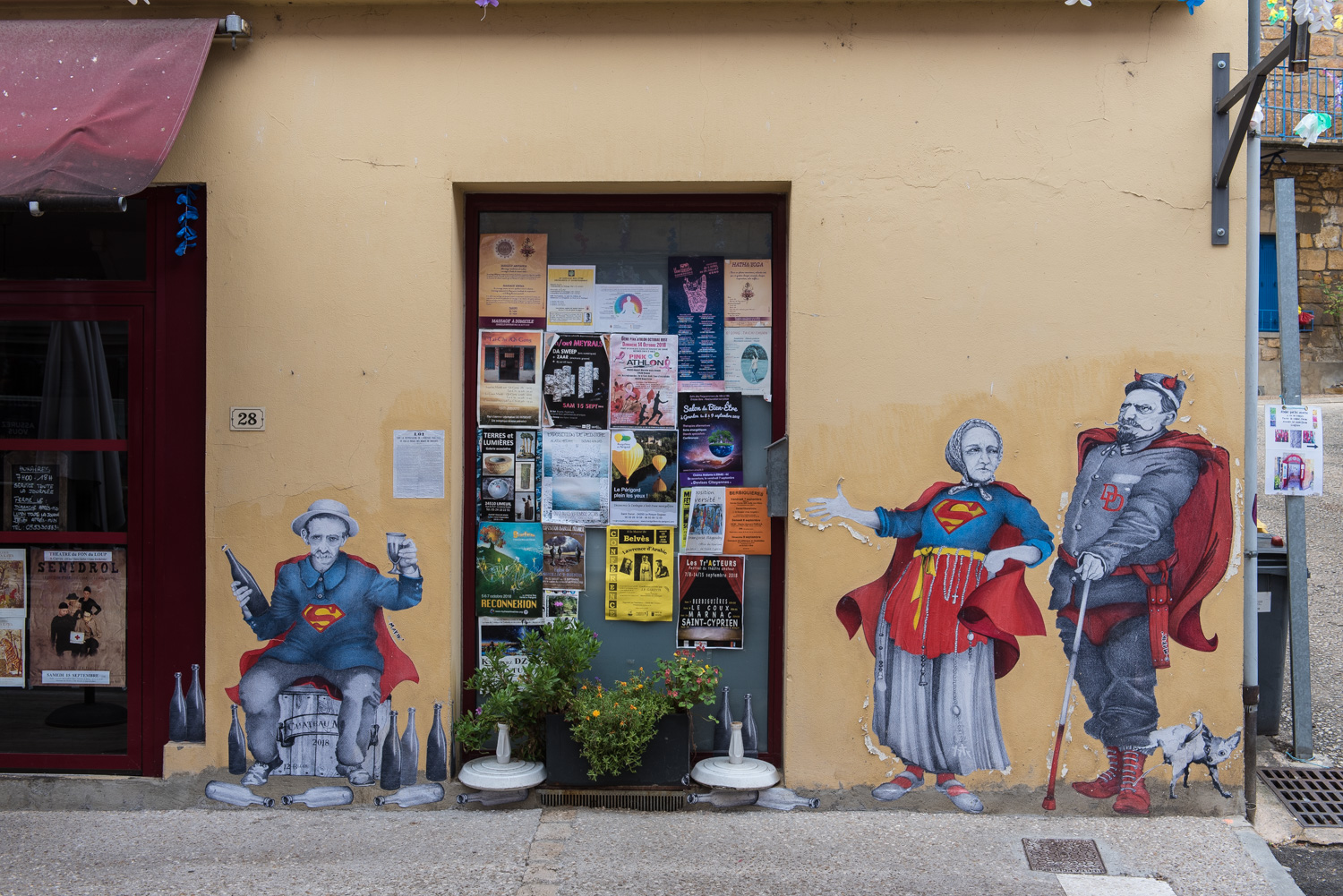
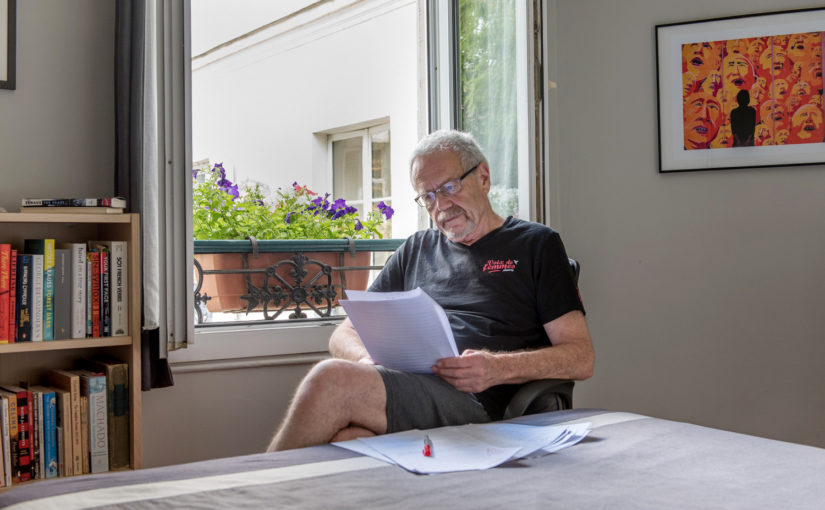
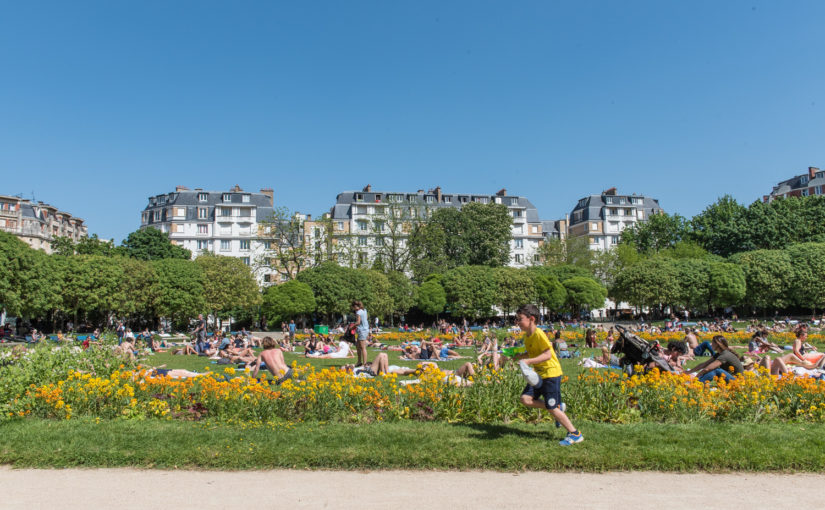
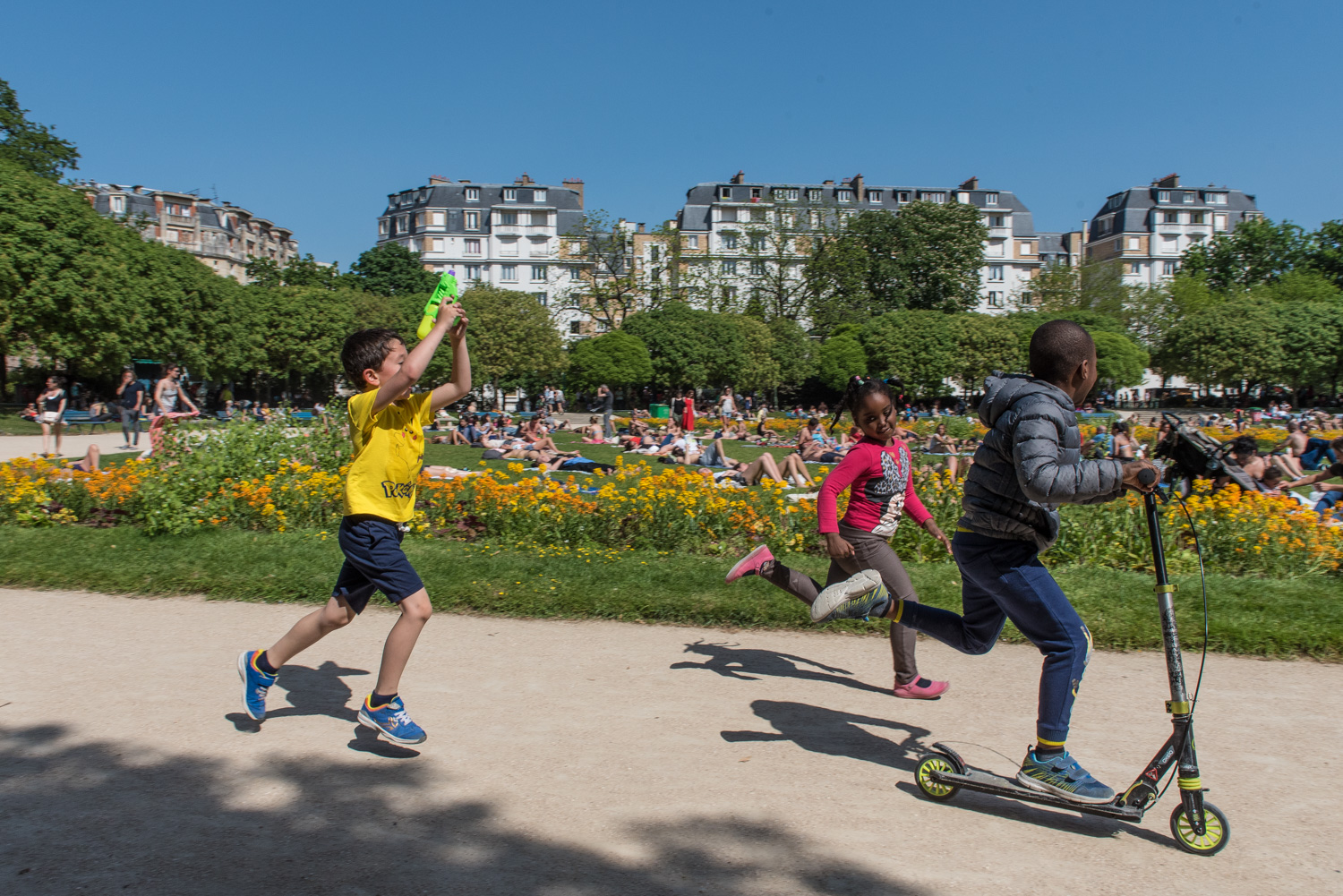
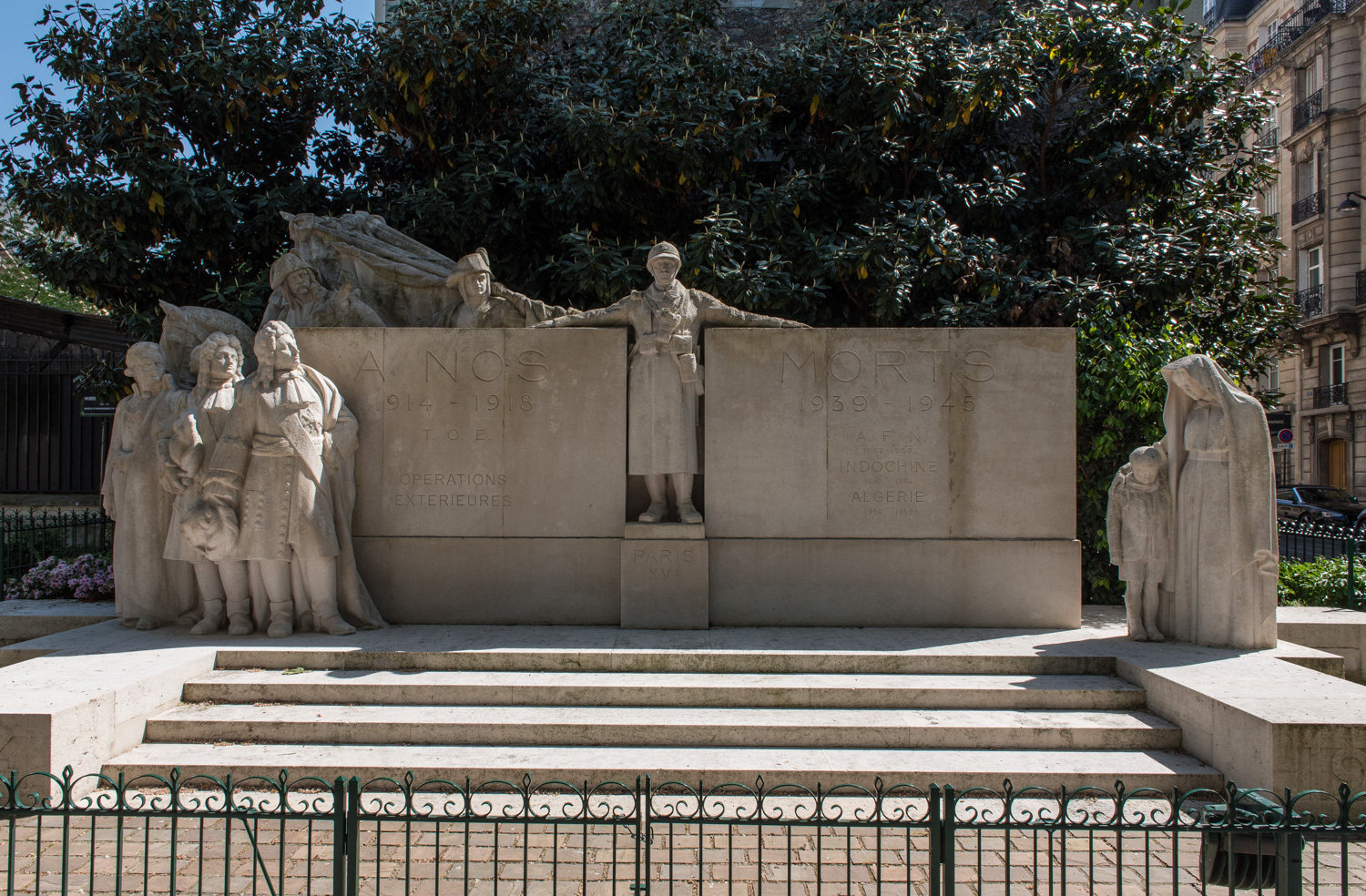
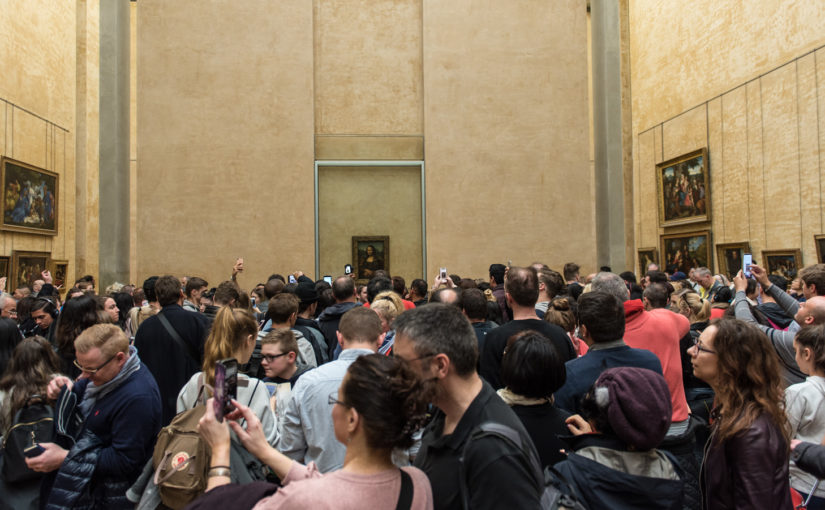
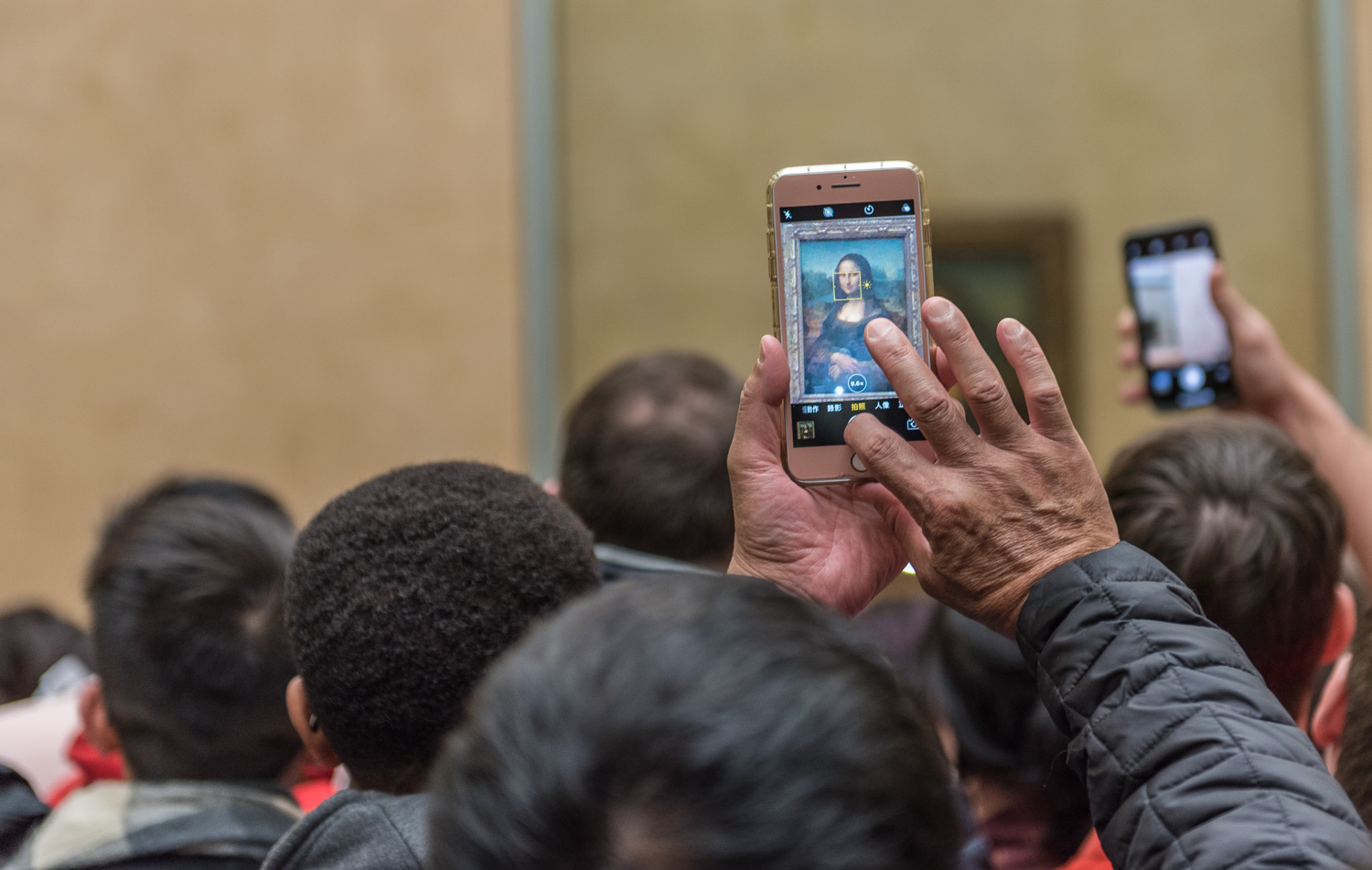
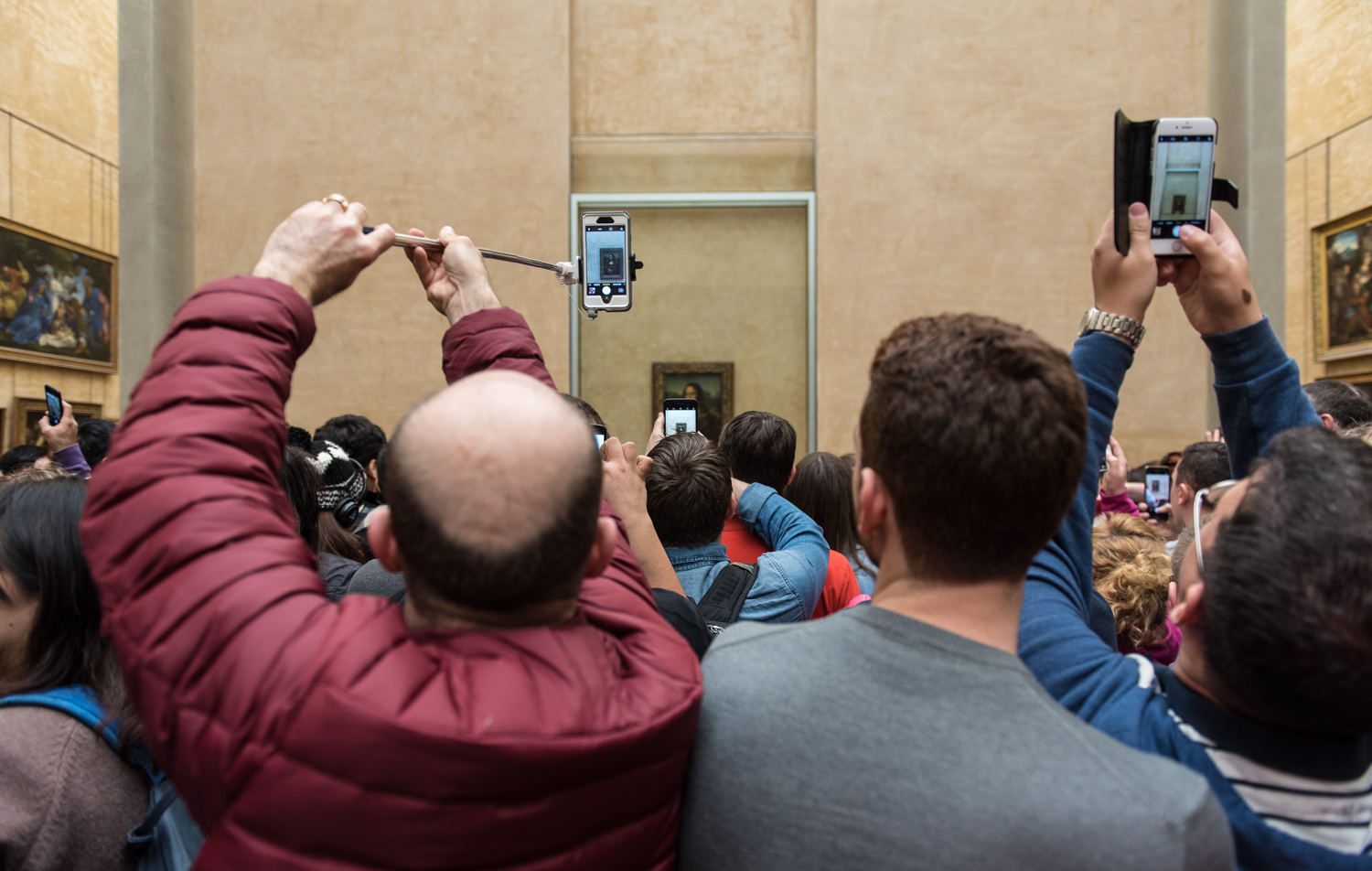
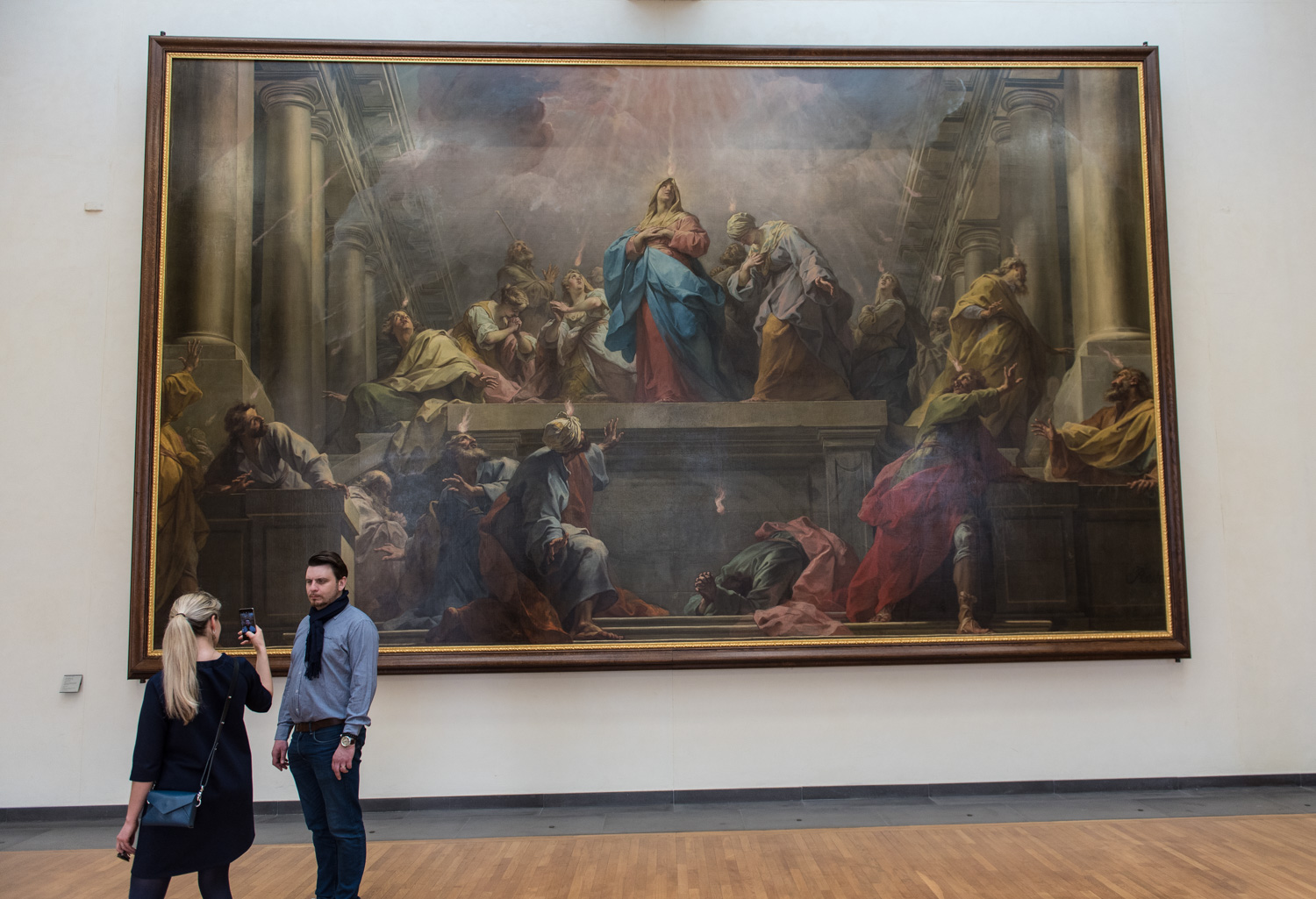
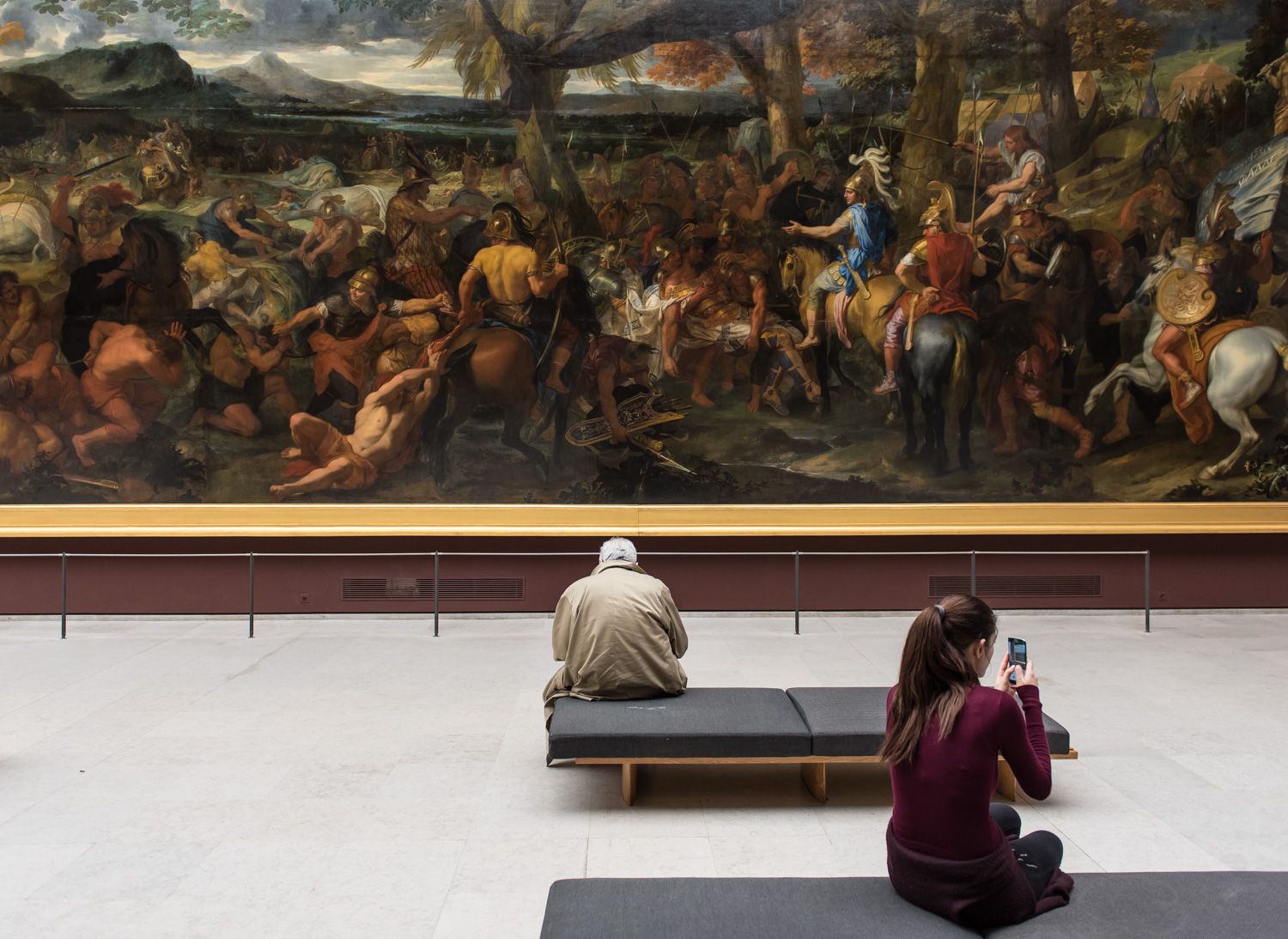 Don’t worry. I’m not going to get all snobby about this, wonder why people do it, and then blame Facebook. Not me. I live in the real world and I’d rather blame Facebook for much bigger crimes.
Don’t worry. I’m not going to get all snobby about this, wonder why people do it, and then blame Facebook. Not me. I live in the real world and I’d rather blame Facebook for much bigger crimes.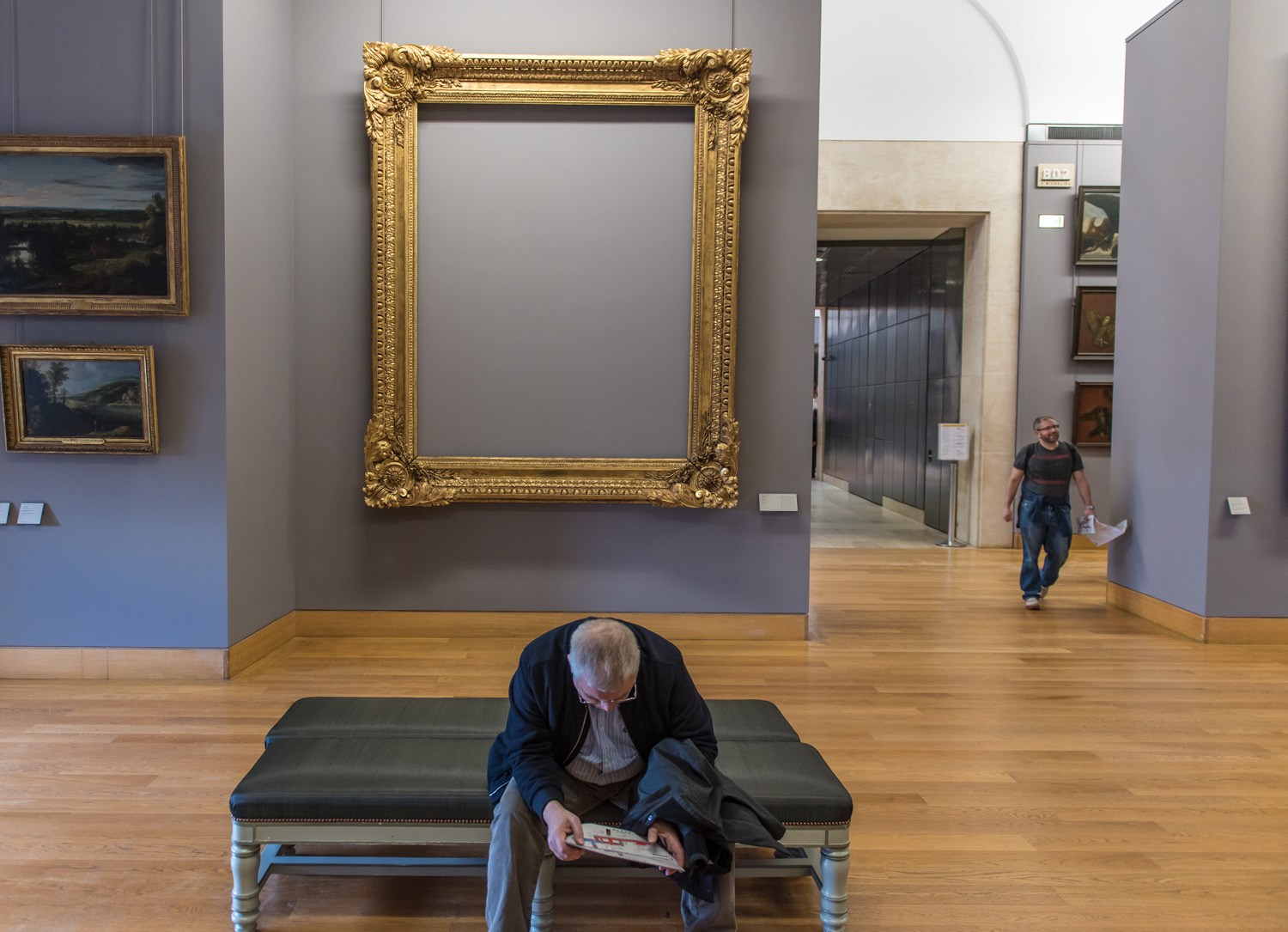 I see nothing wrong with people taking pictures of art. I’m glad they do it. Glad they support the museums with their tickets and glad the museums have wised up and allow it. I’m not sure what people take from the experience, but it certainly can’t hurt.
I see nothing wrong with people taking pictures of art. I’m glad they do it. Glad they support the museums with their tickets and glad the museums have wised up and allow it. I’m not sure what people take from the experience, but it certainly can’t hurt.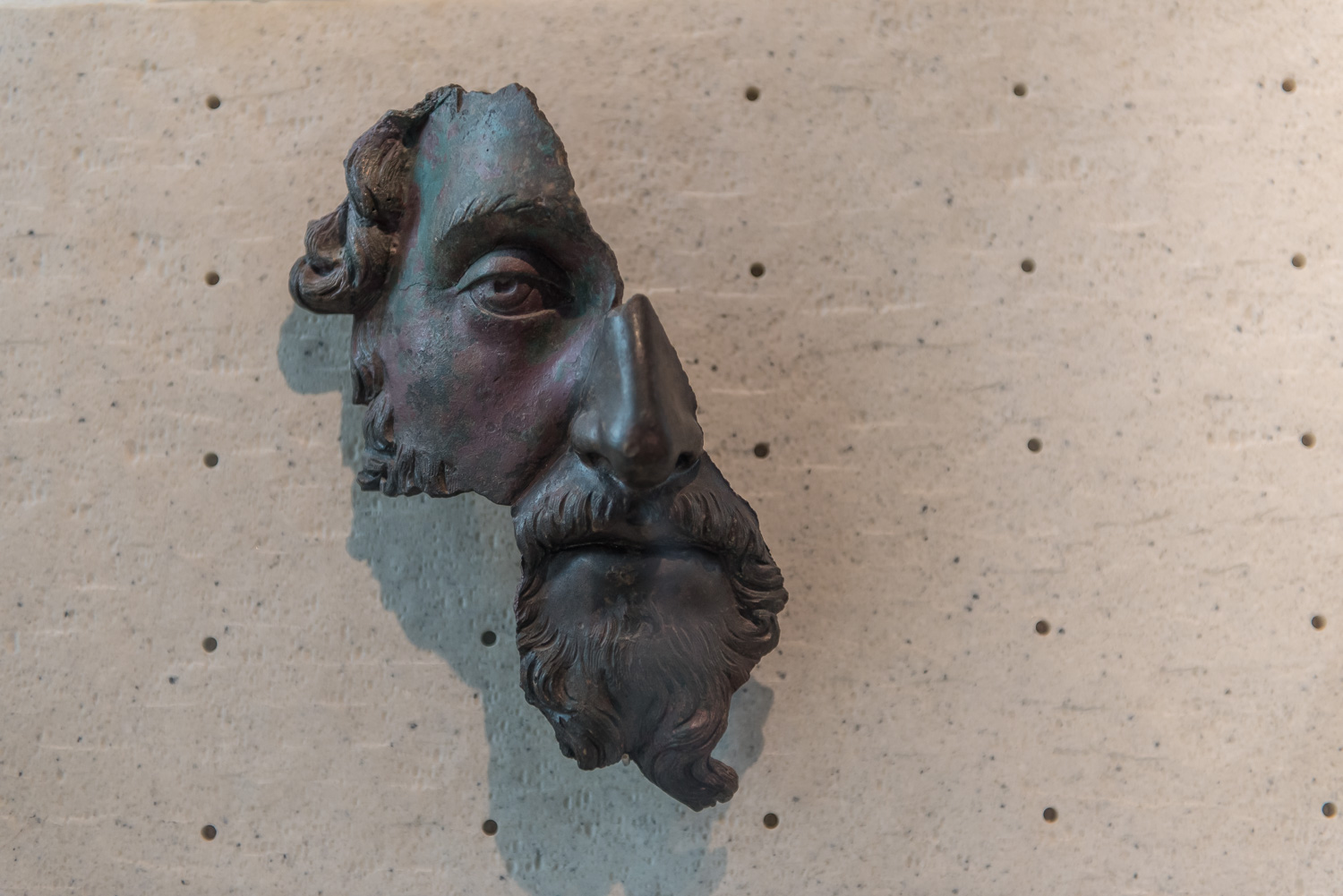 Shoot Pictures. Not People.
Shoot Pictures. Not People.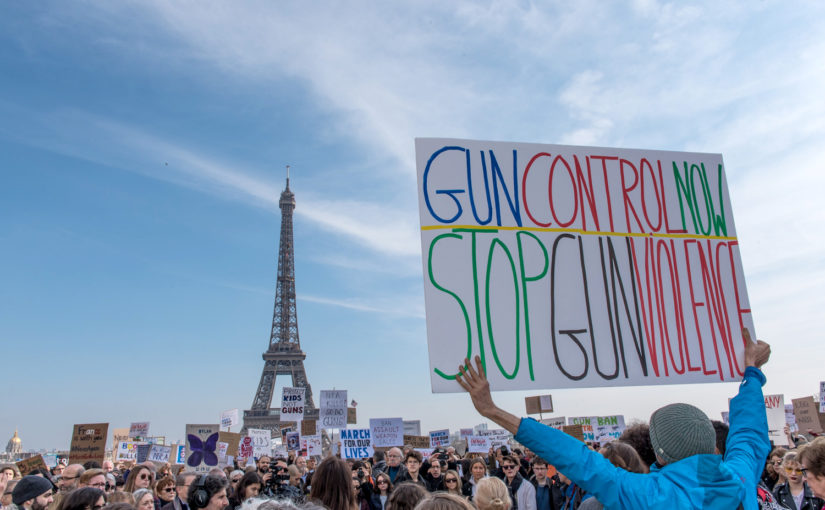
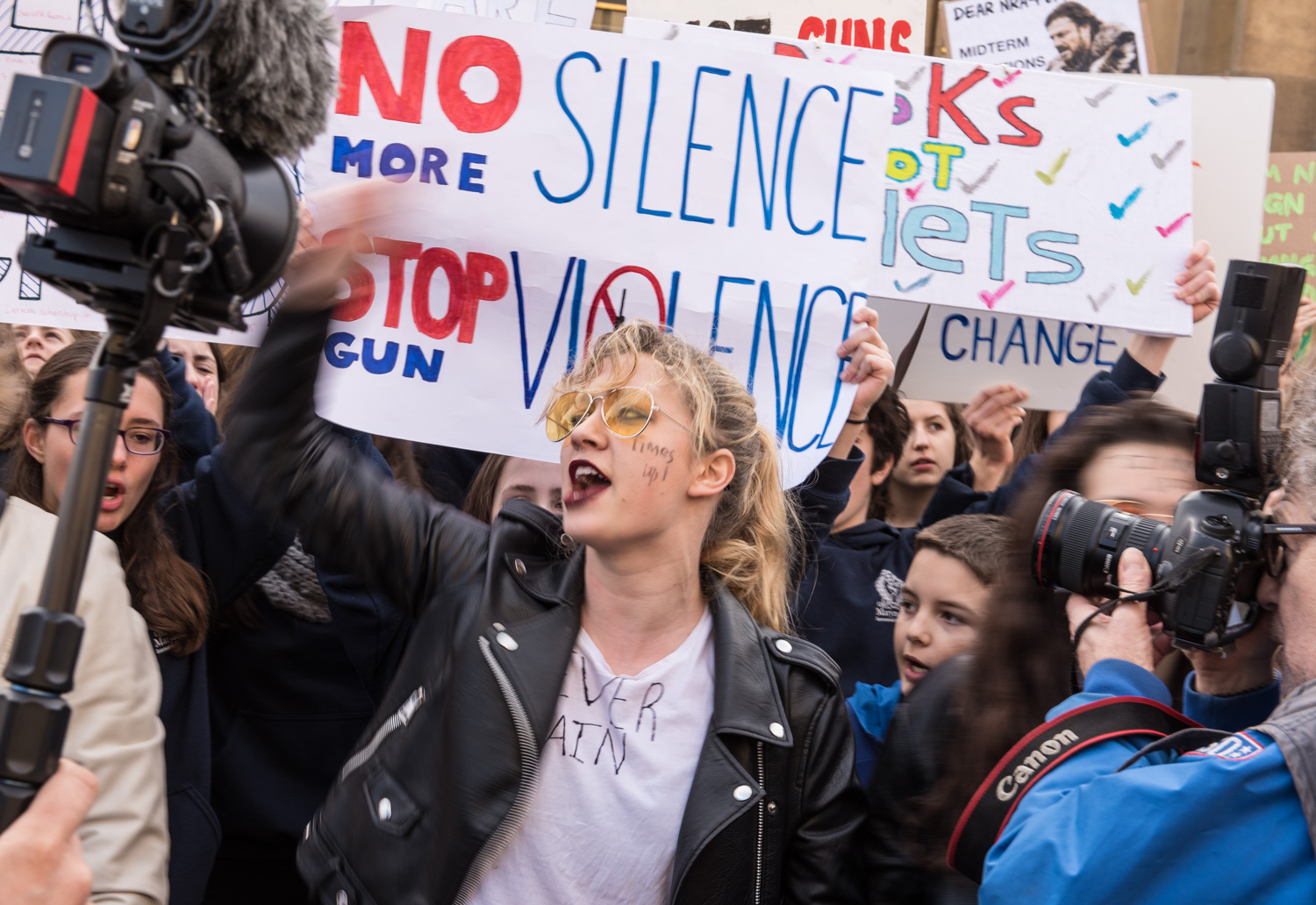
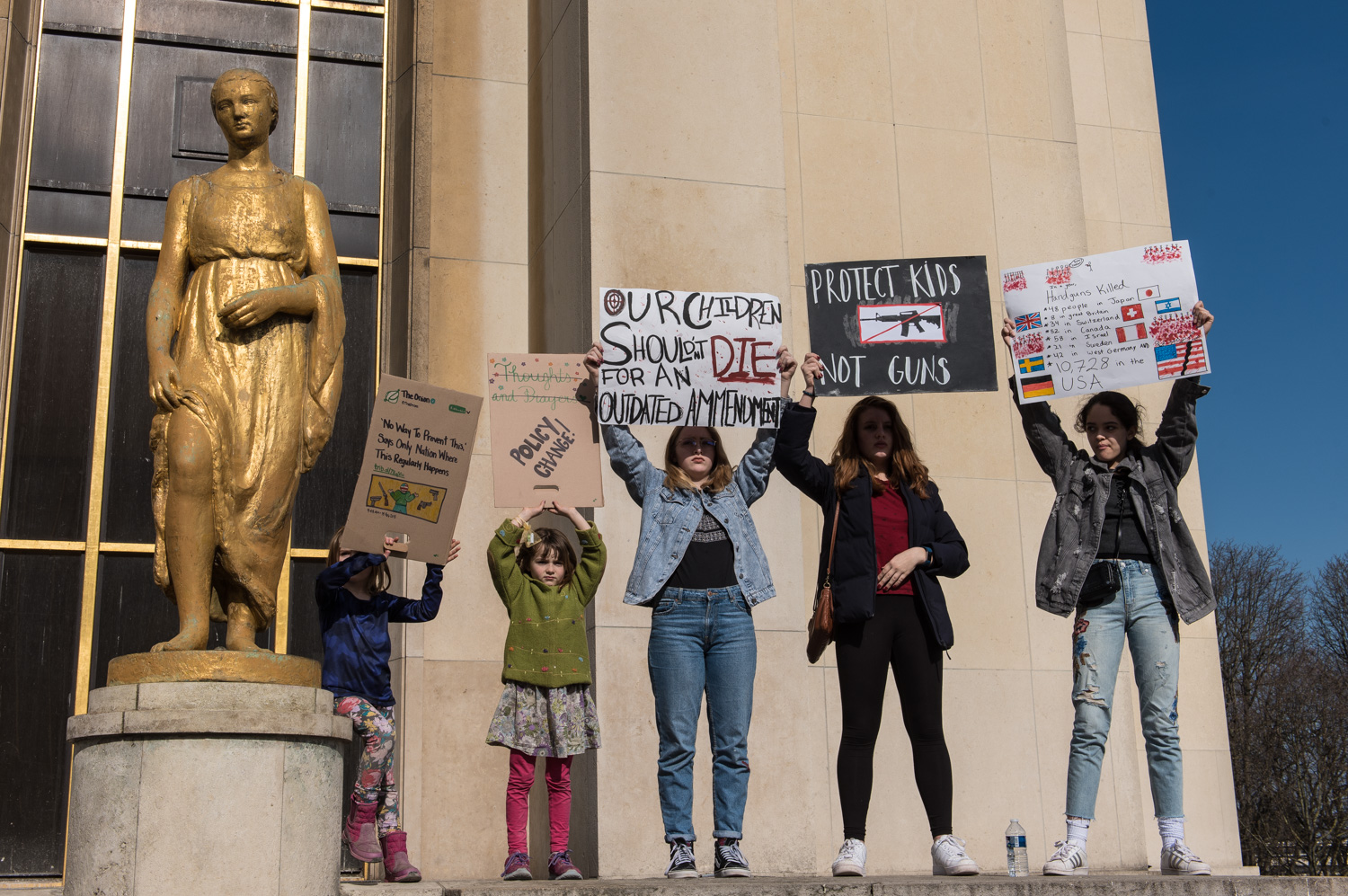

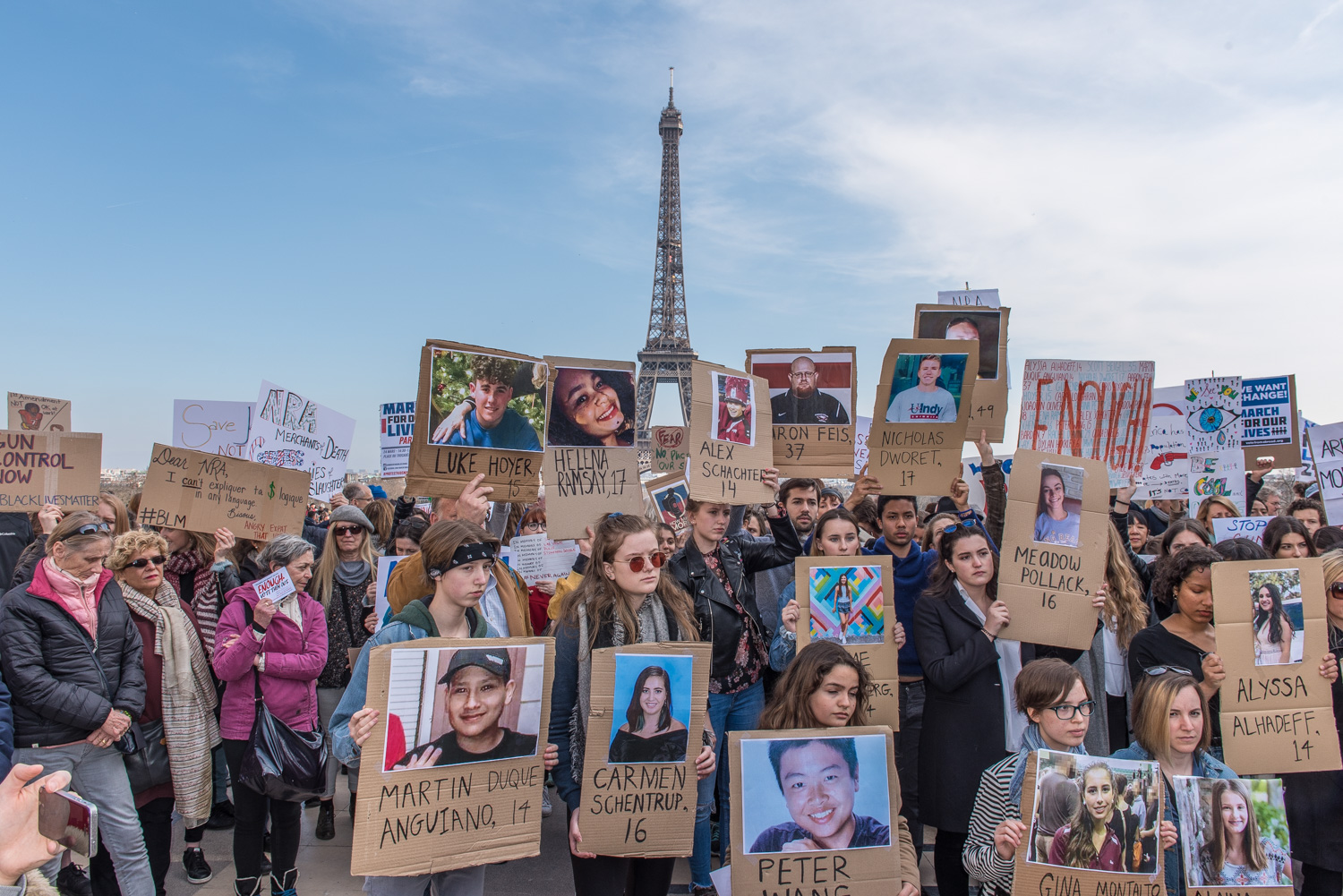 ©2018 Ron Scherl
©2018 Ron Scherl